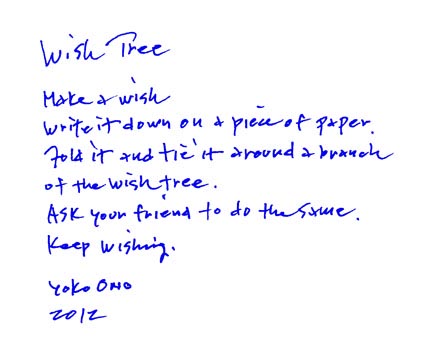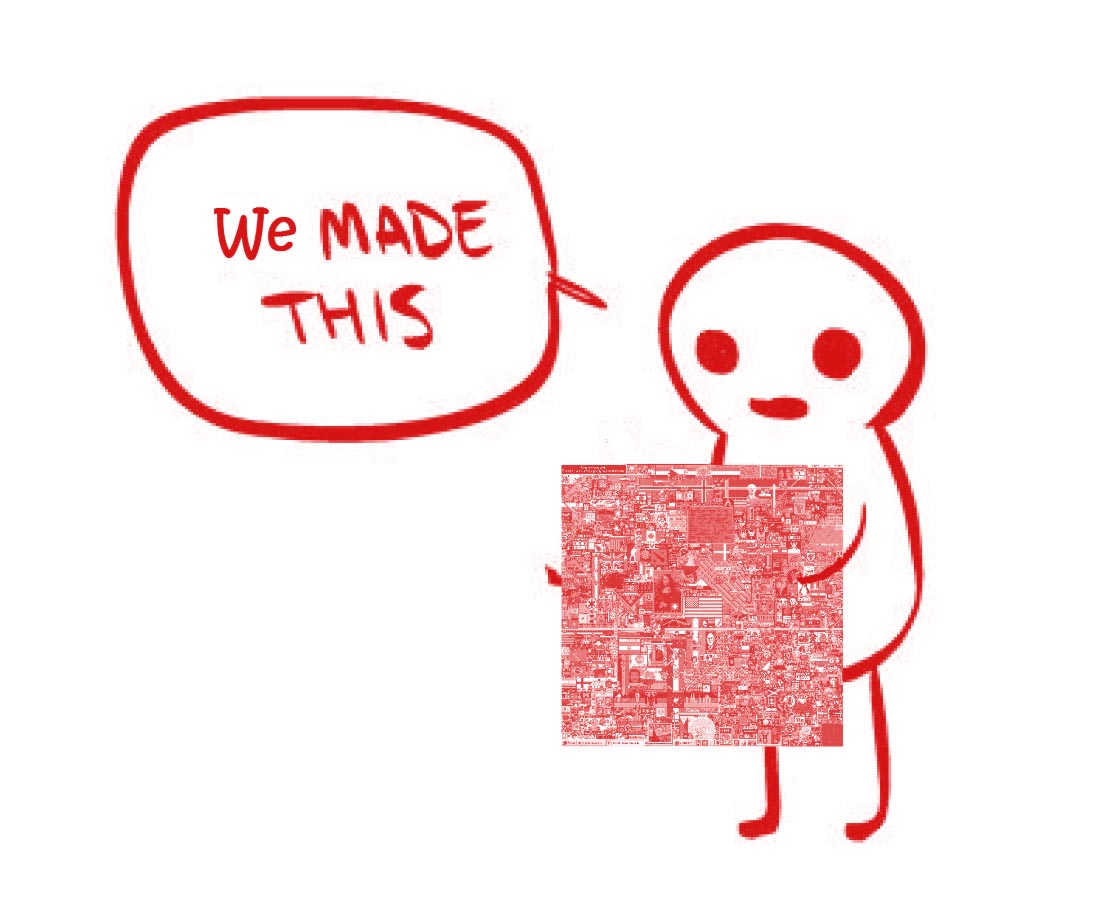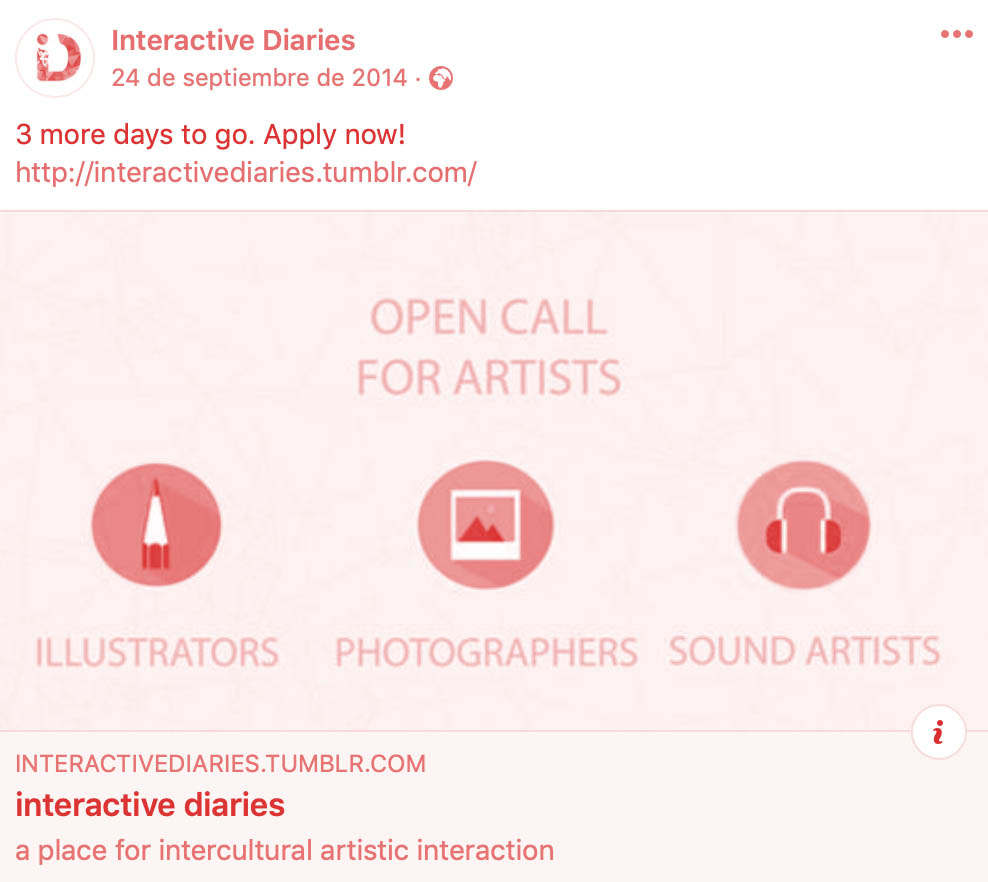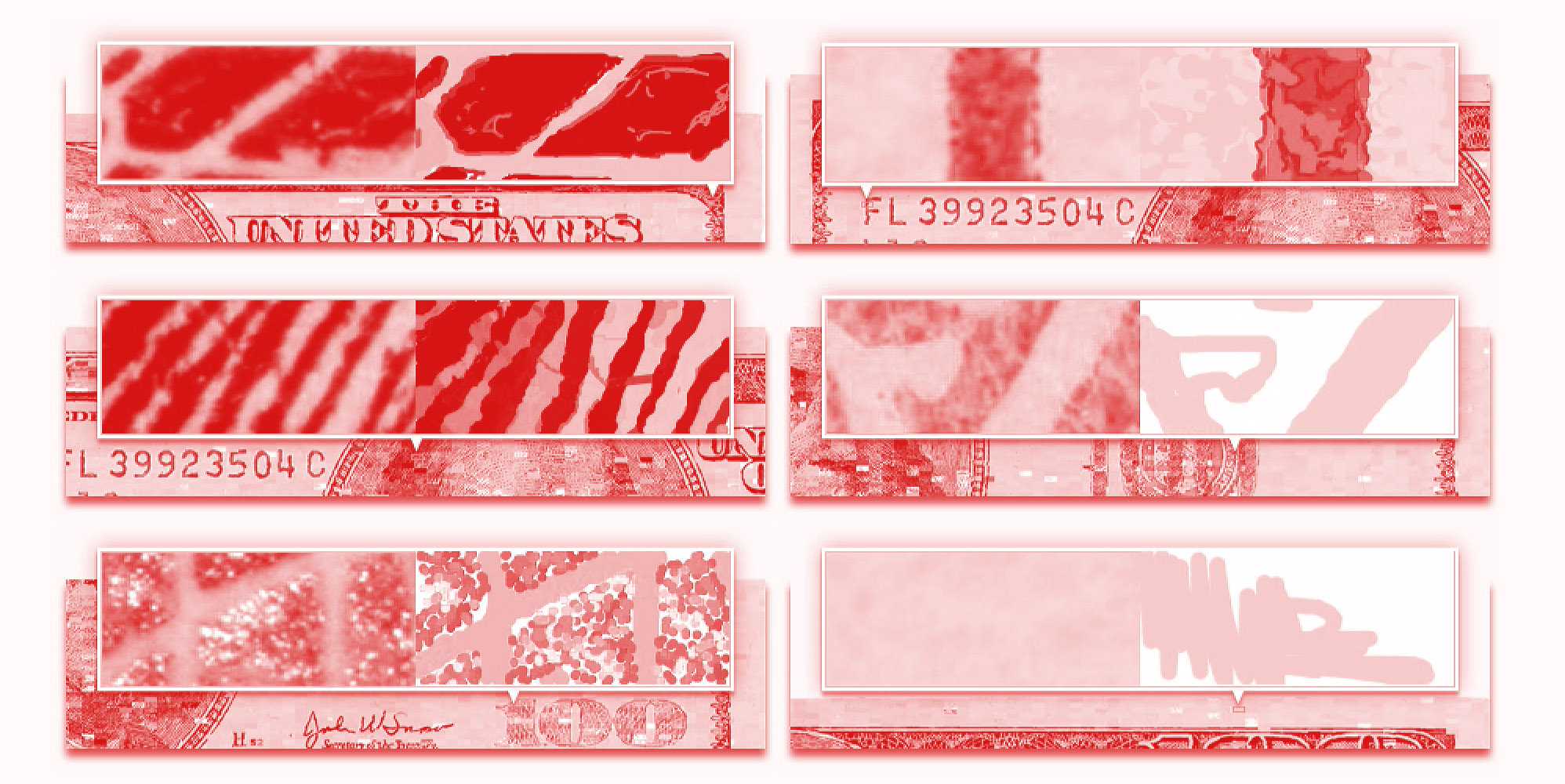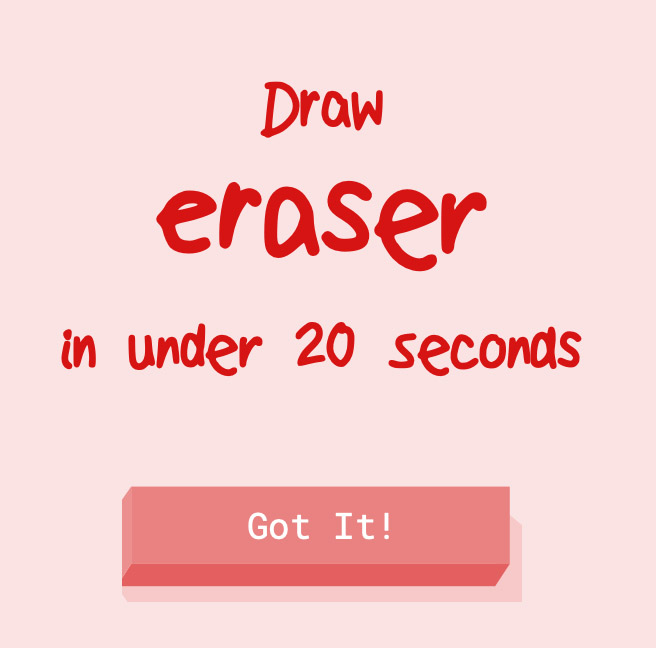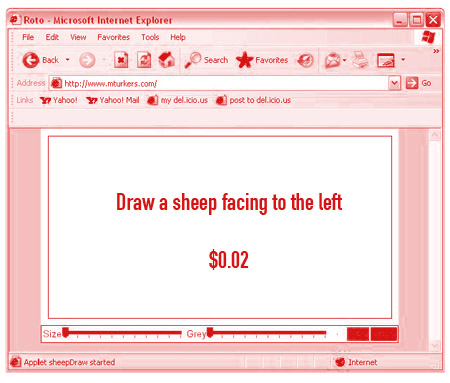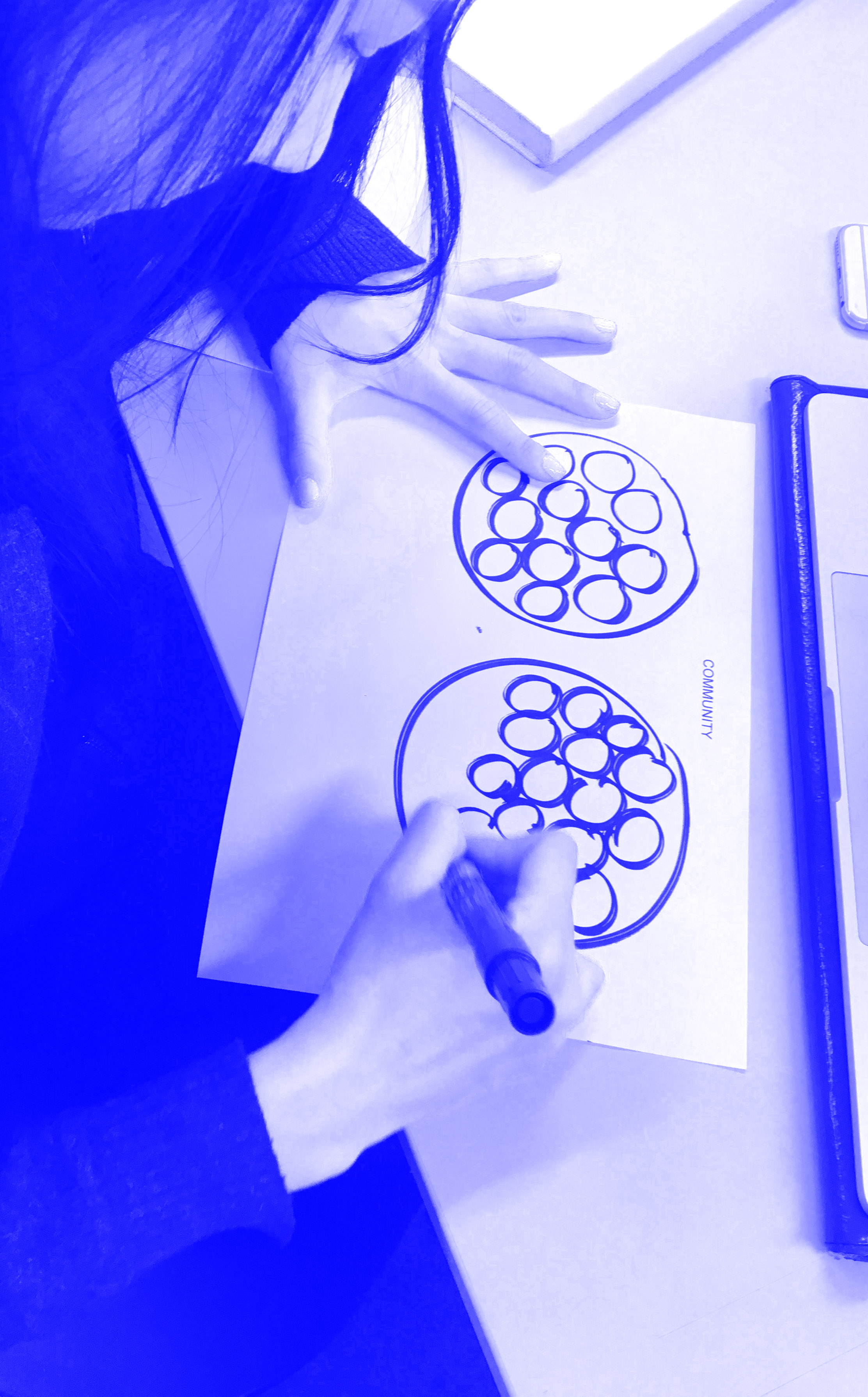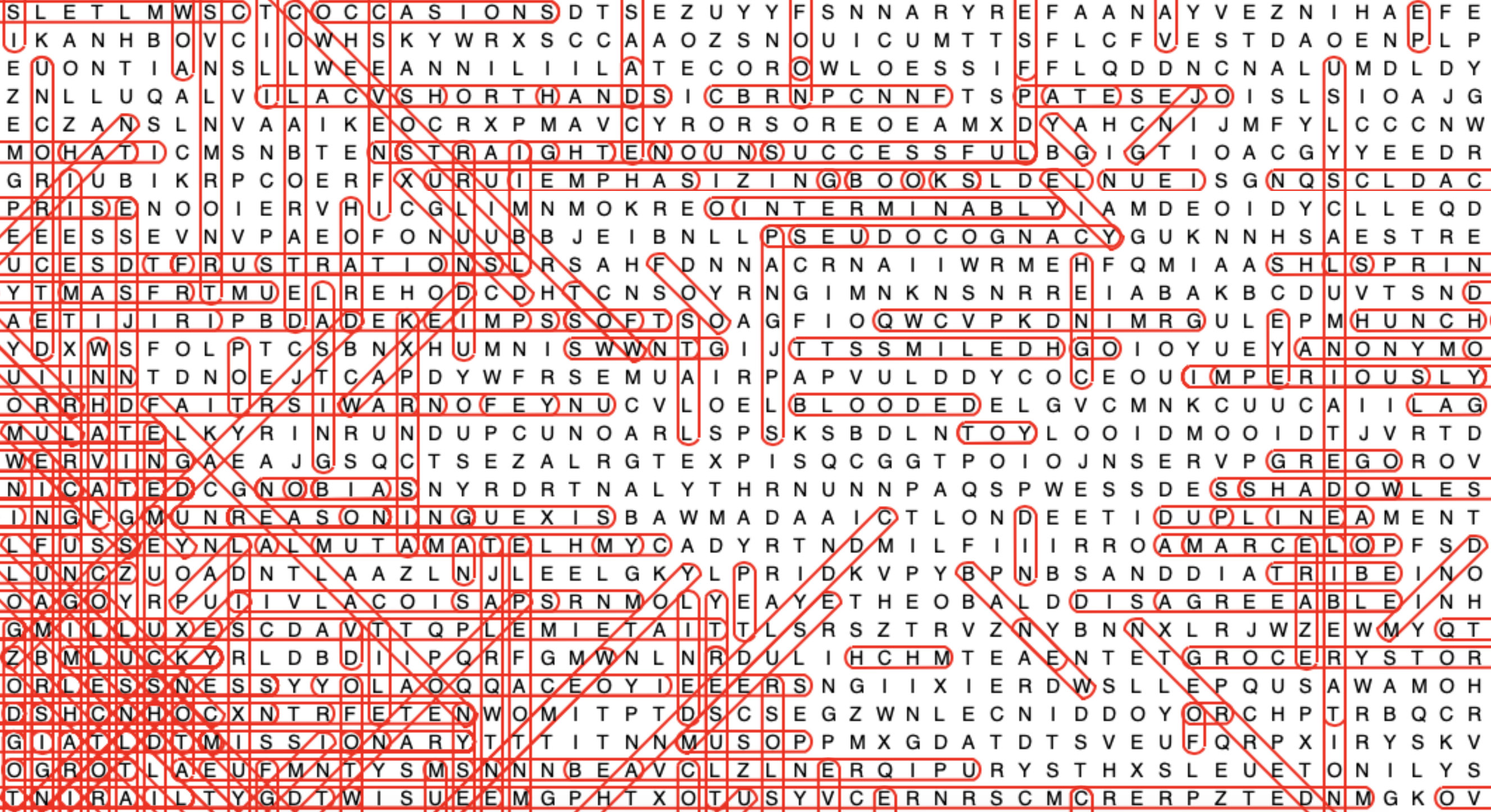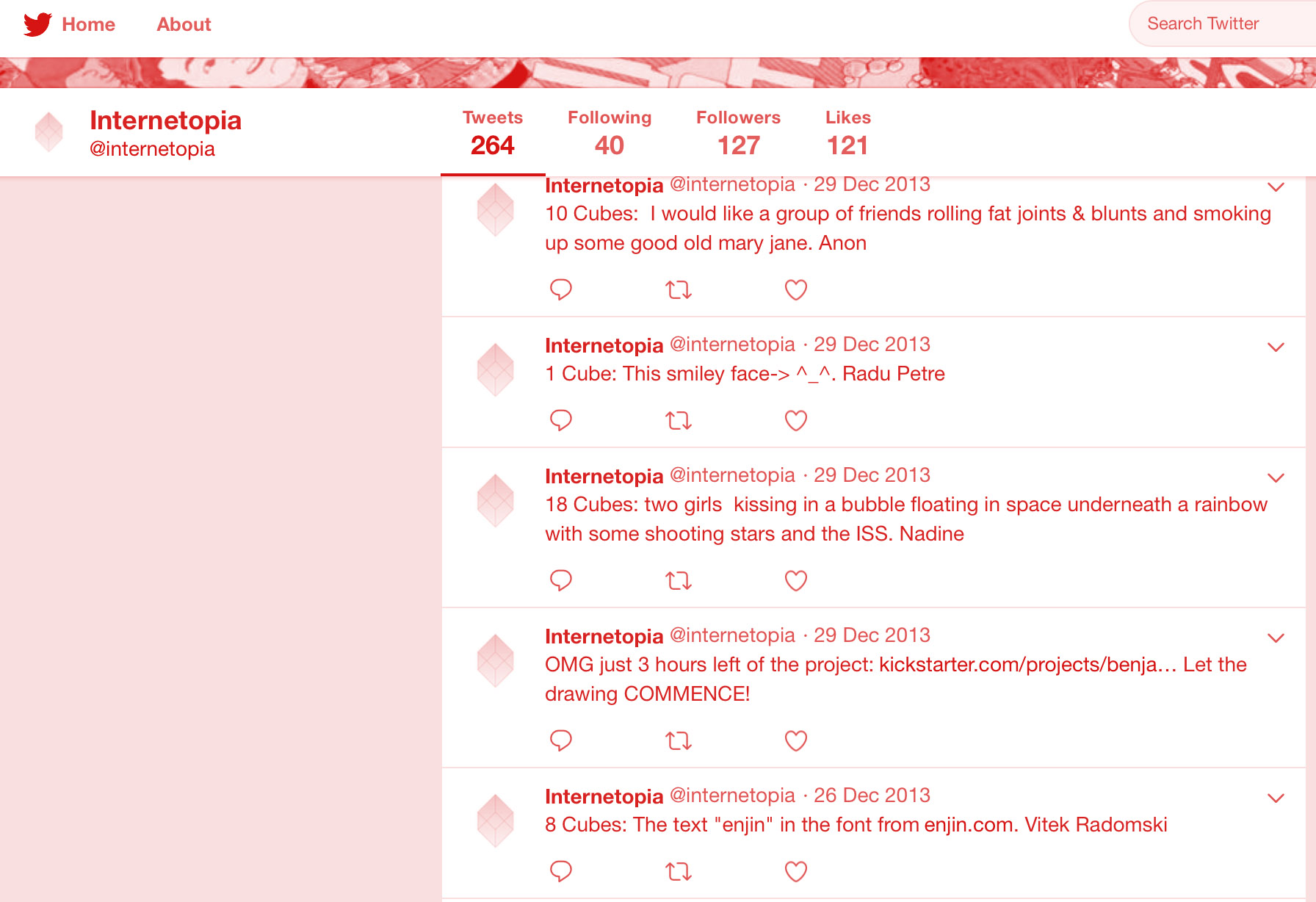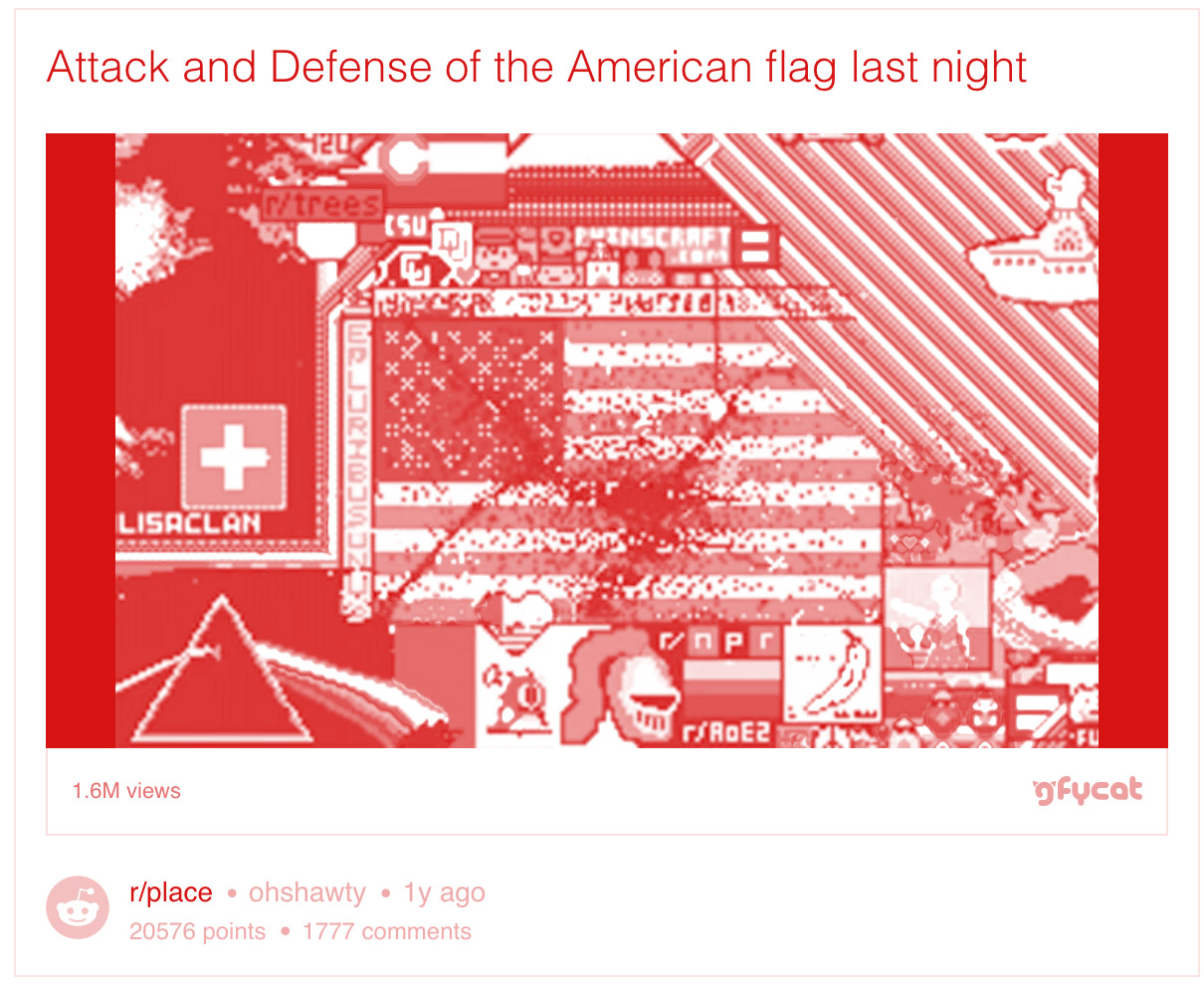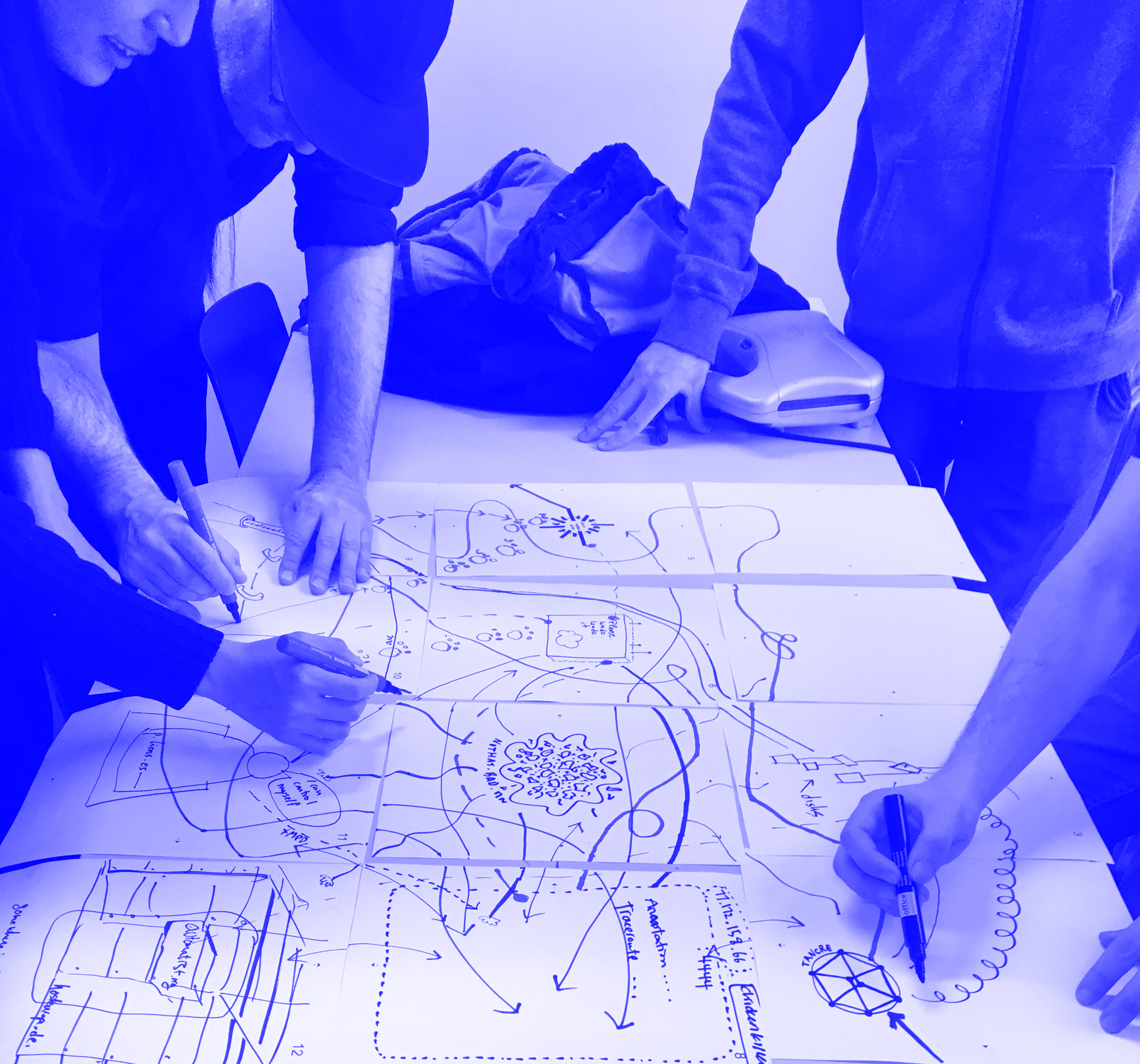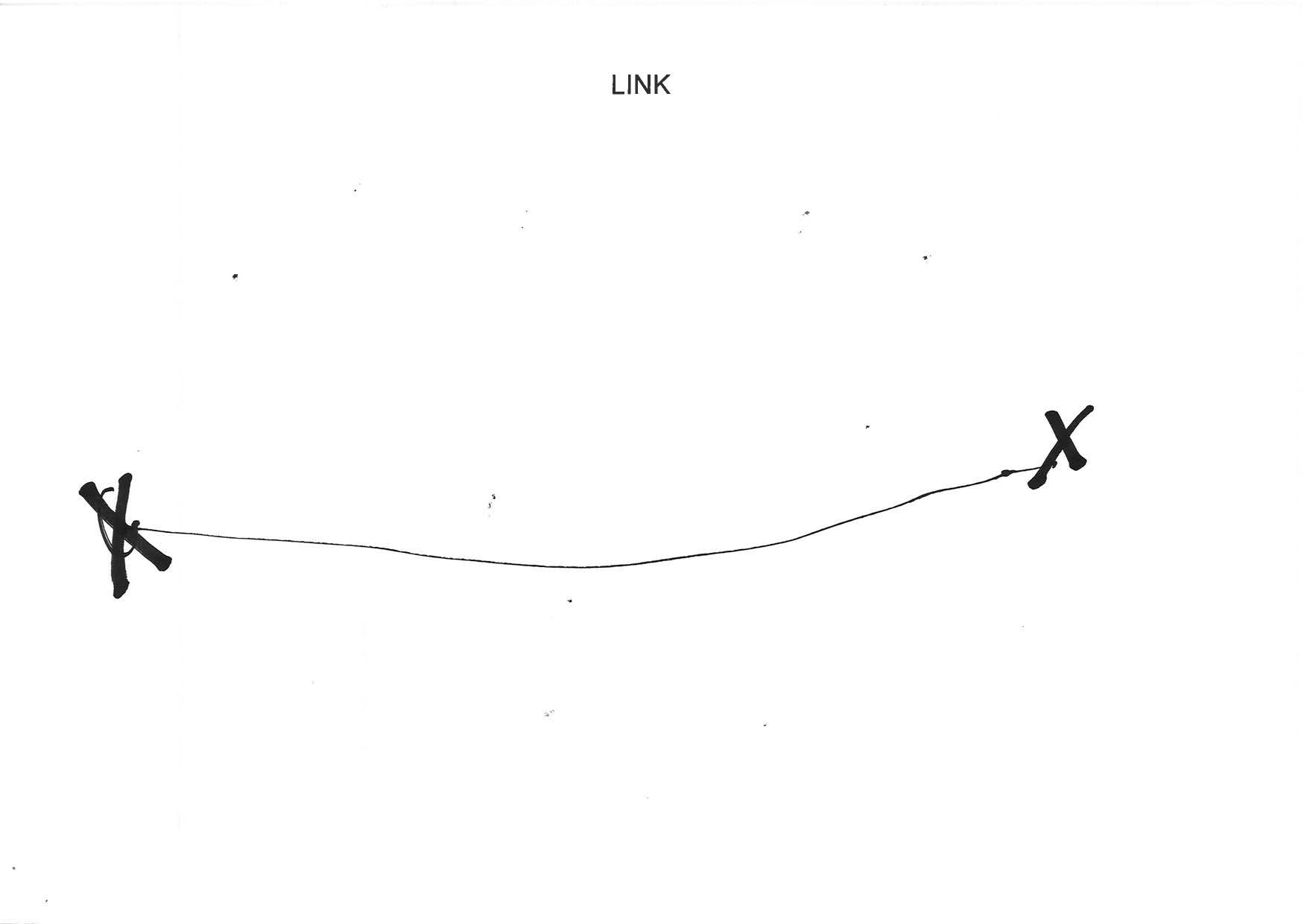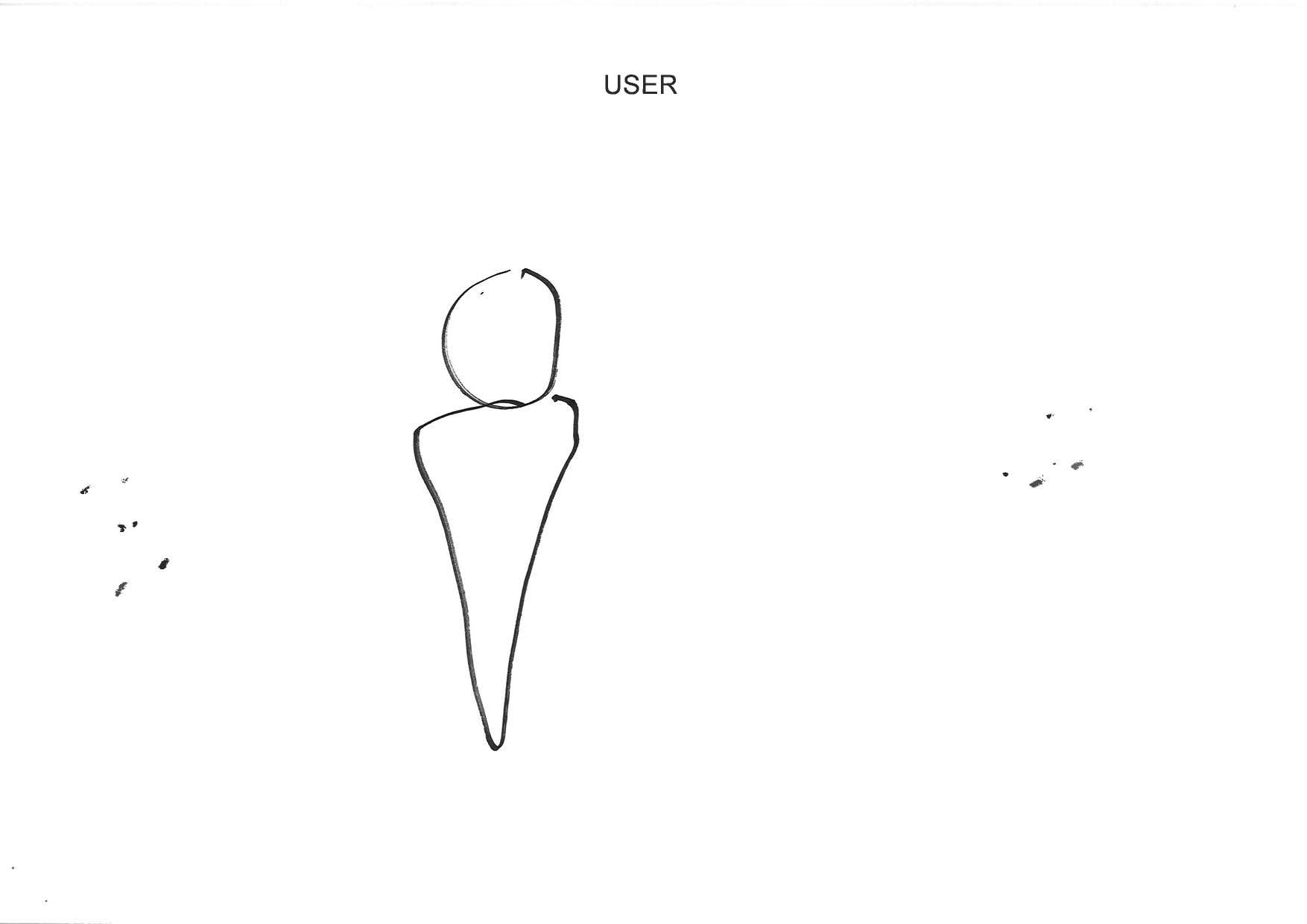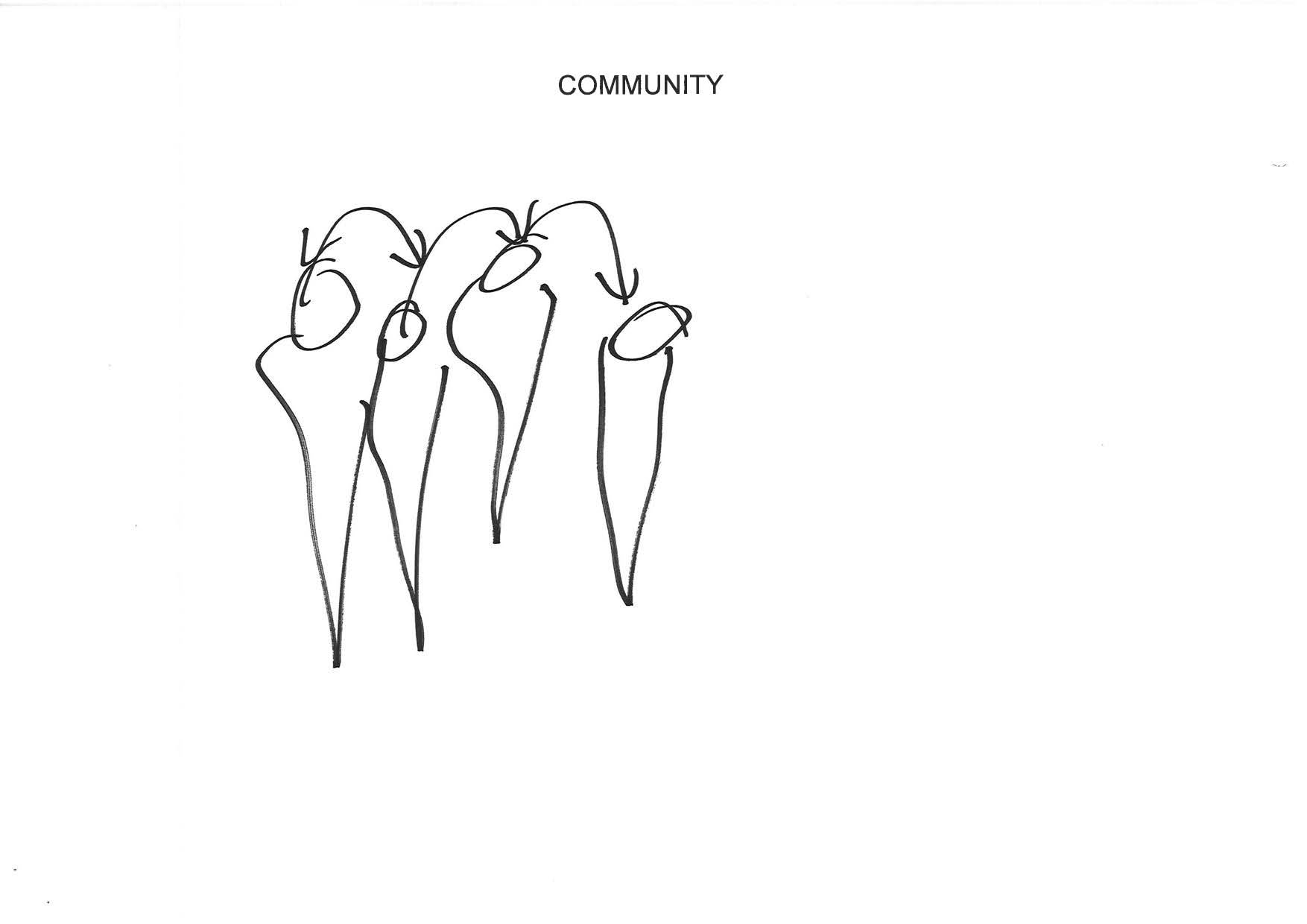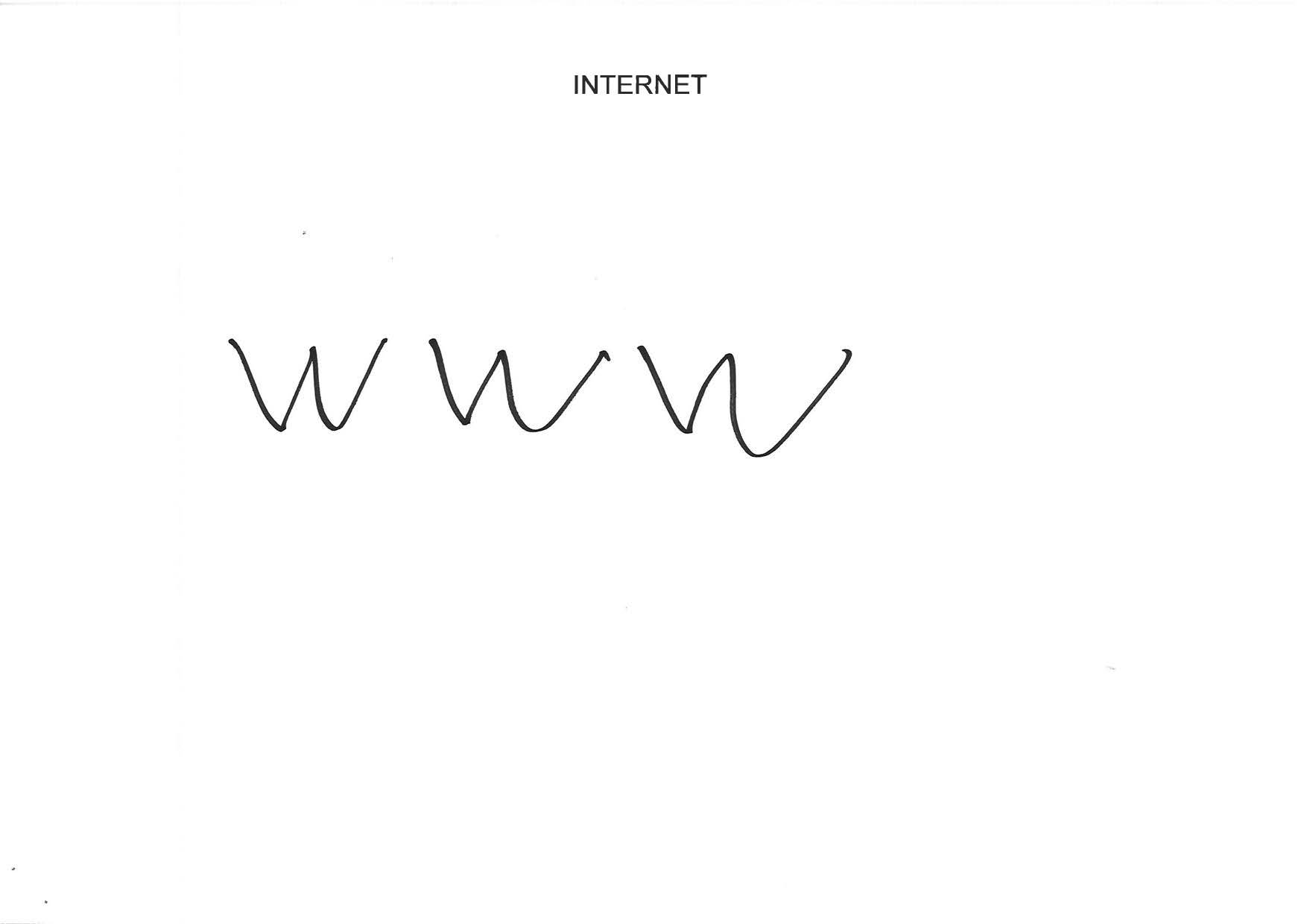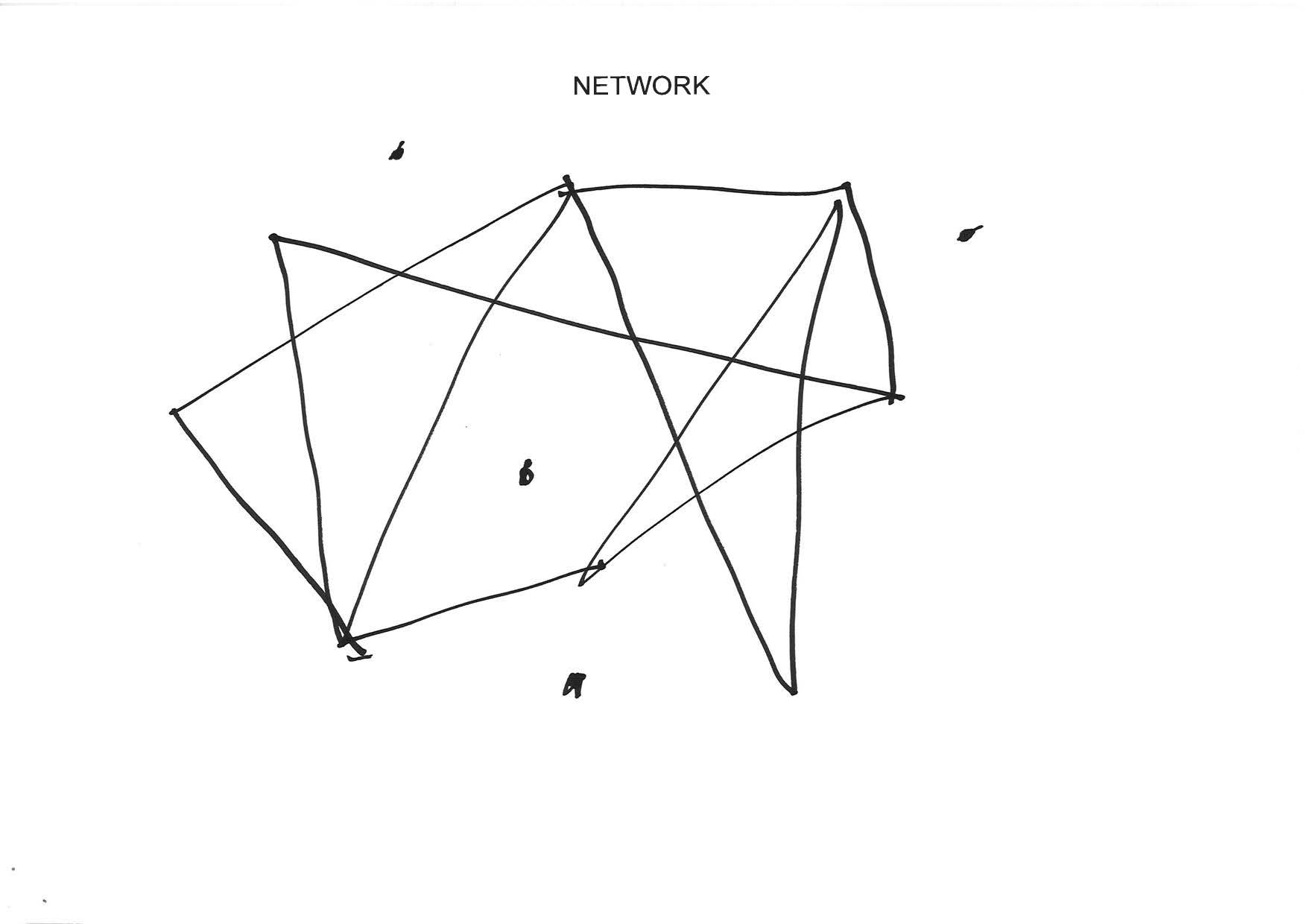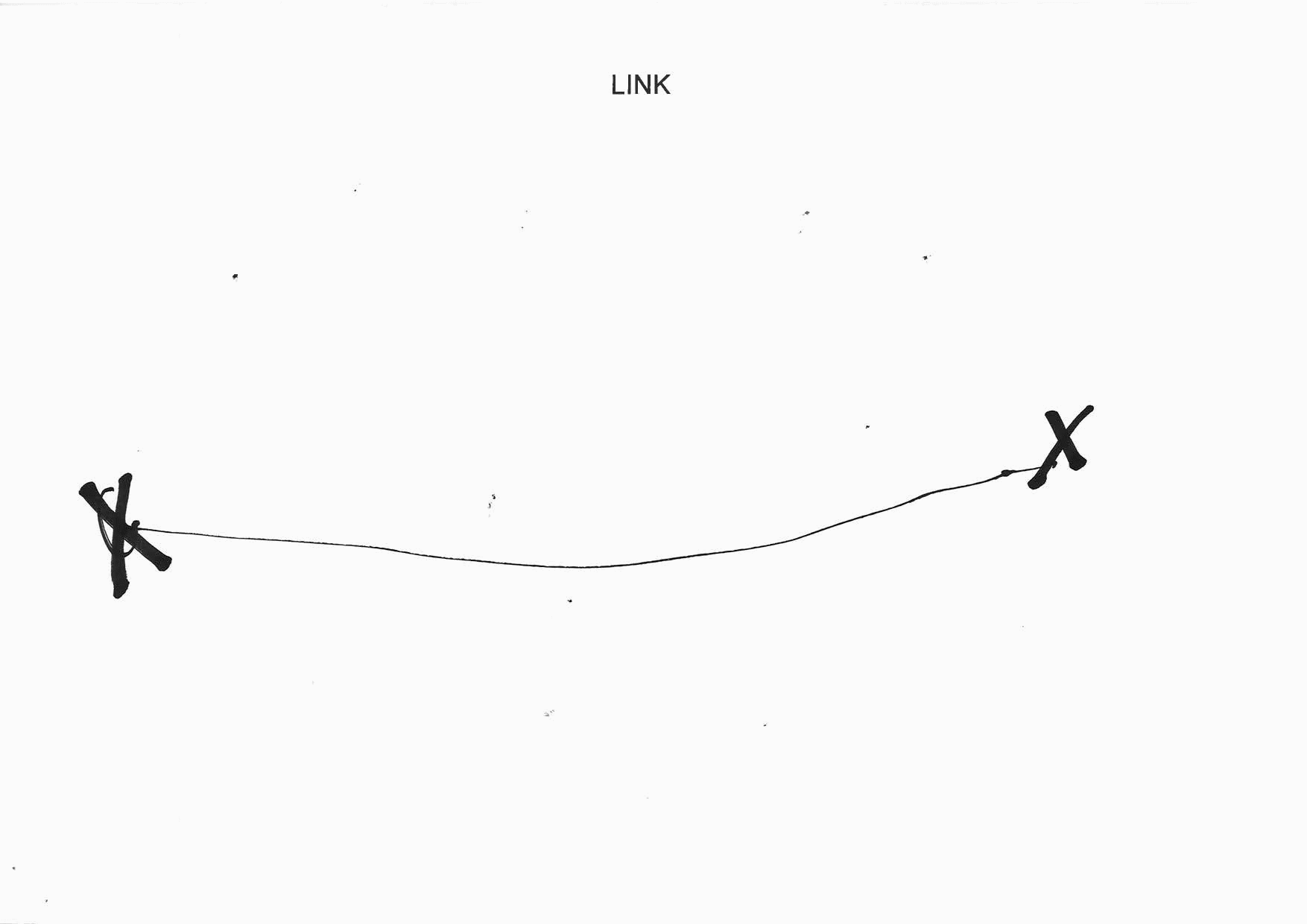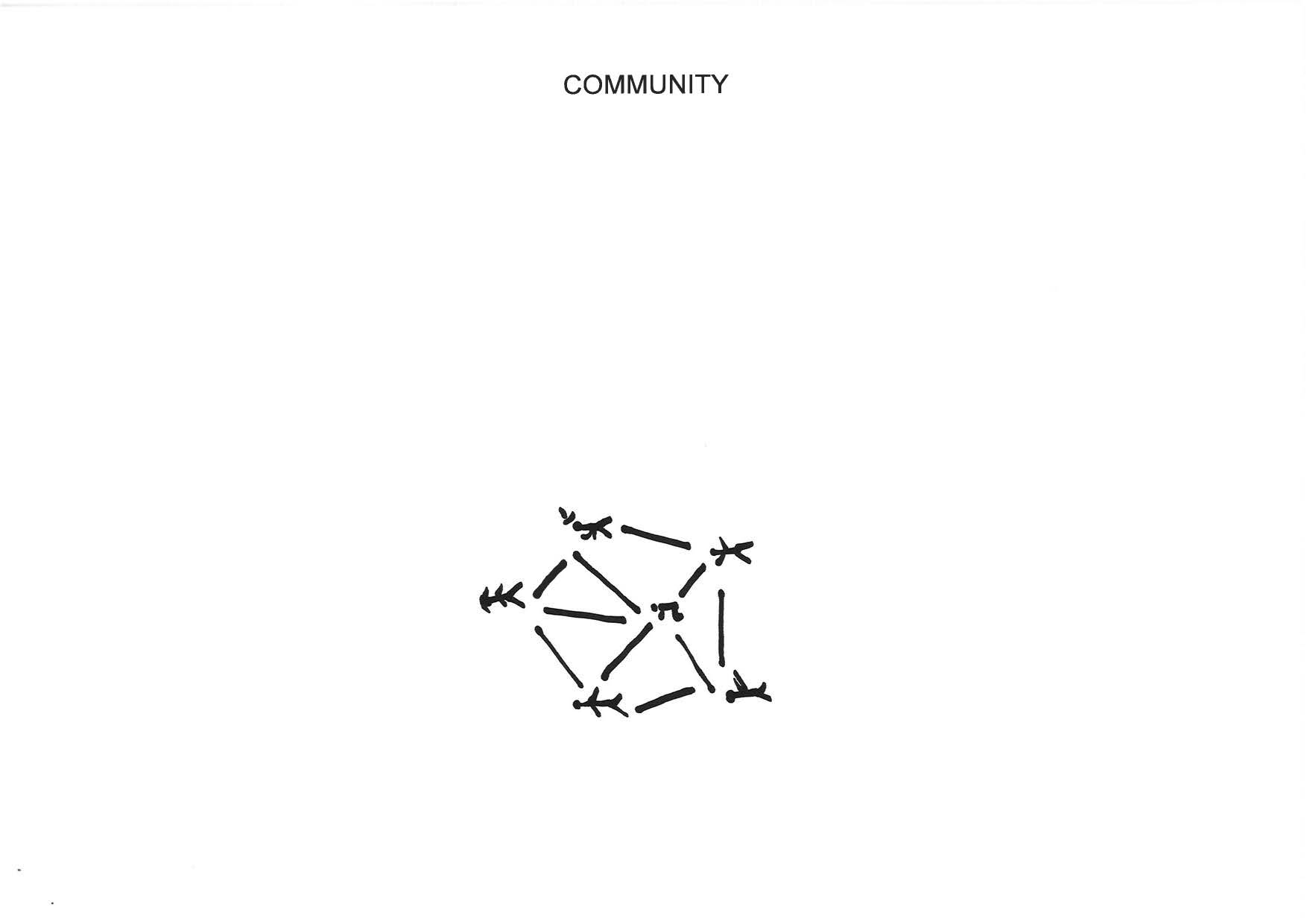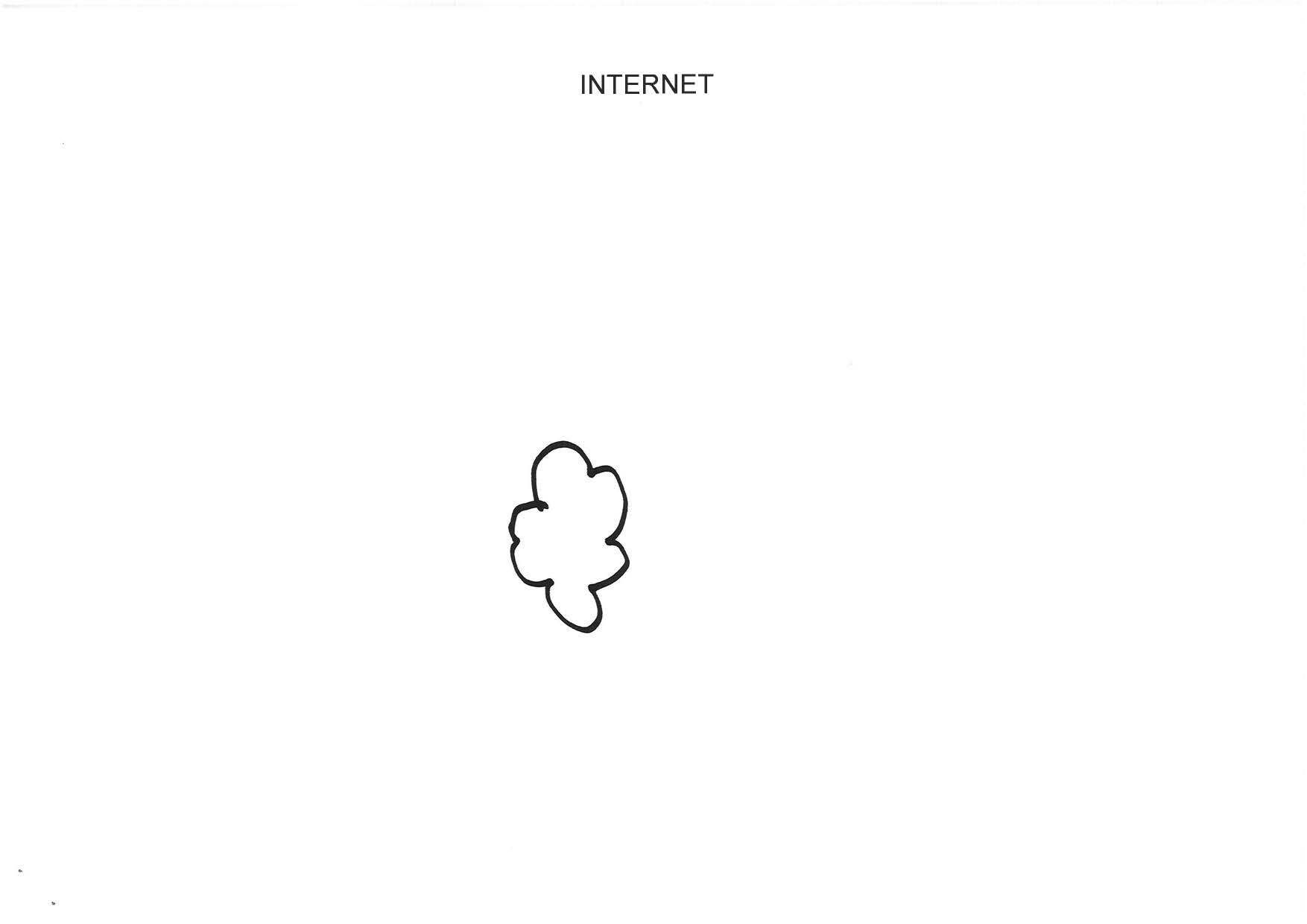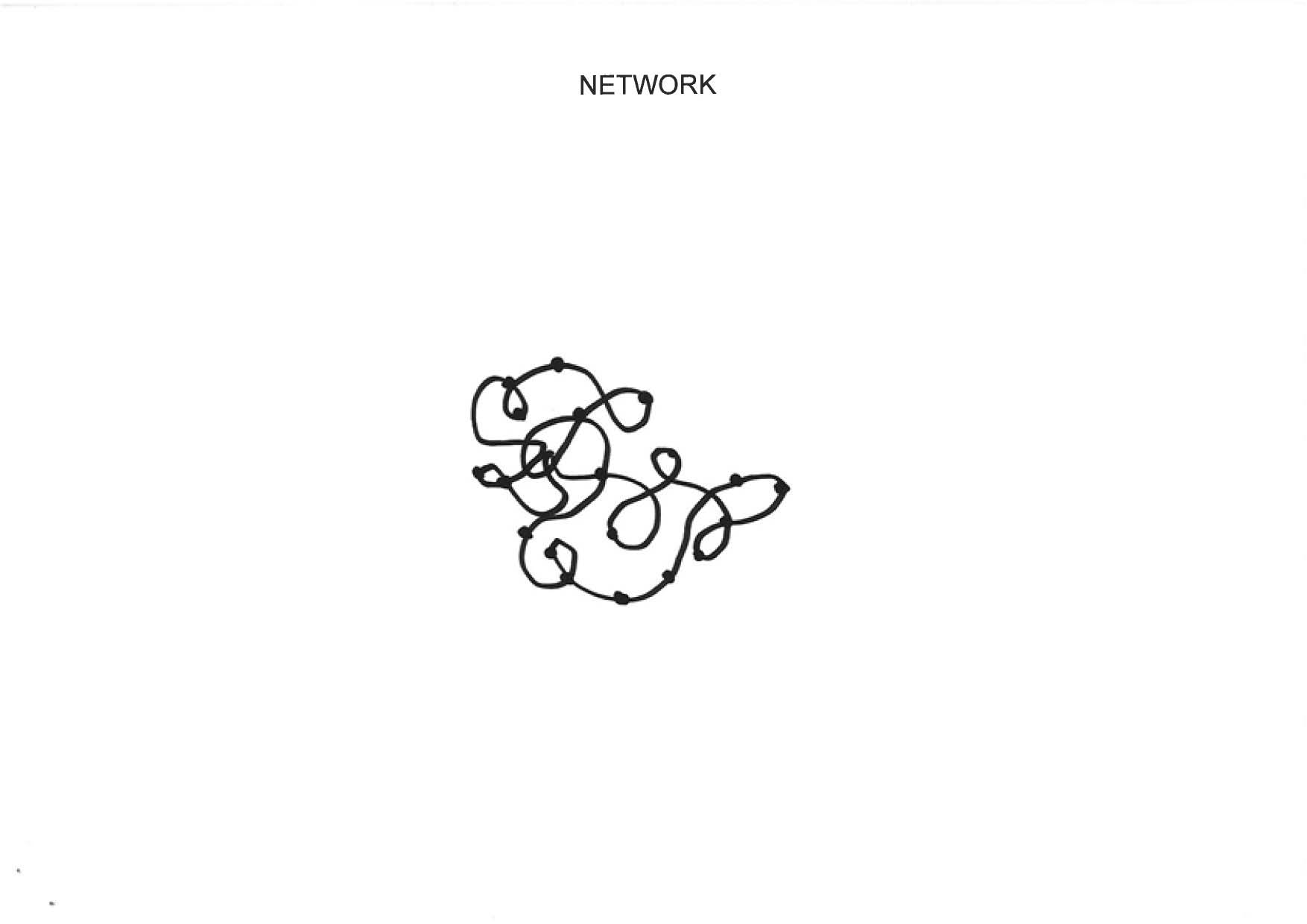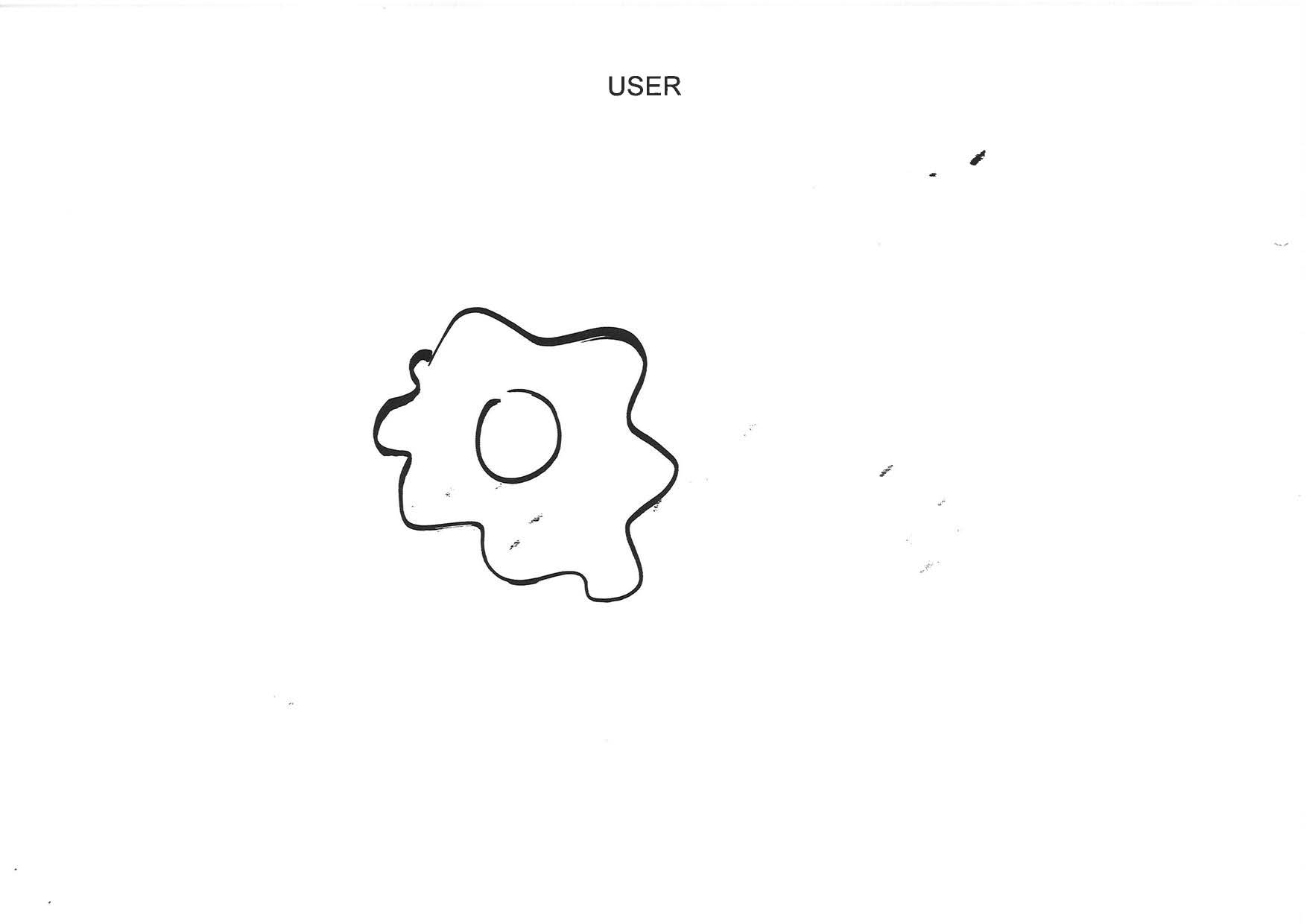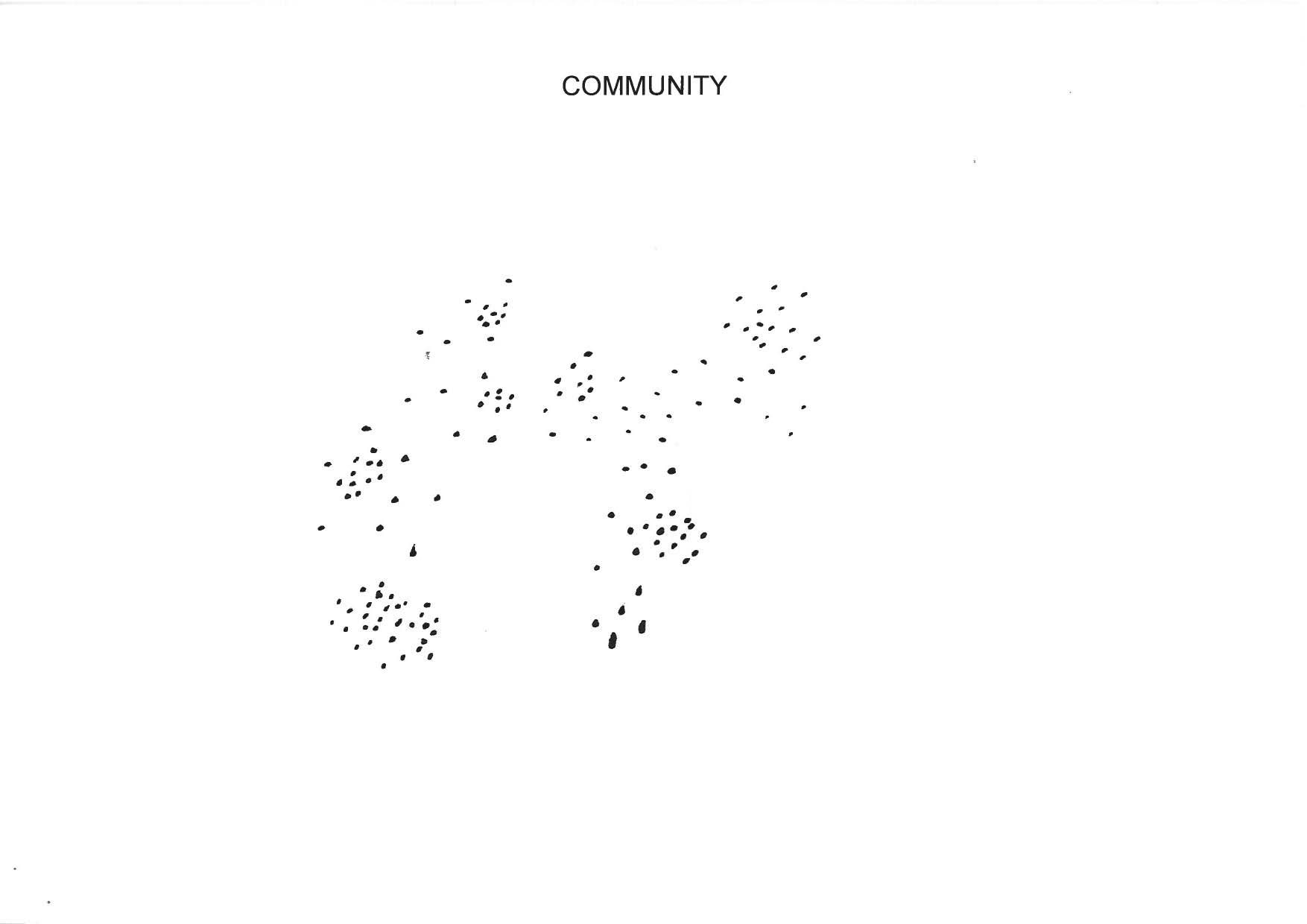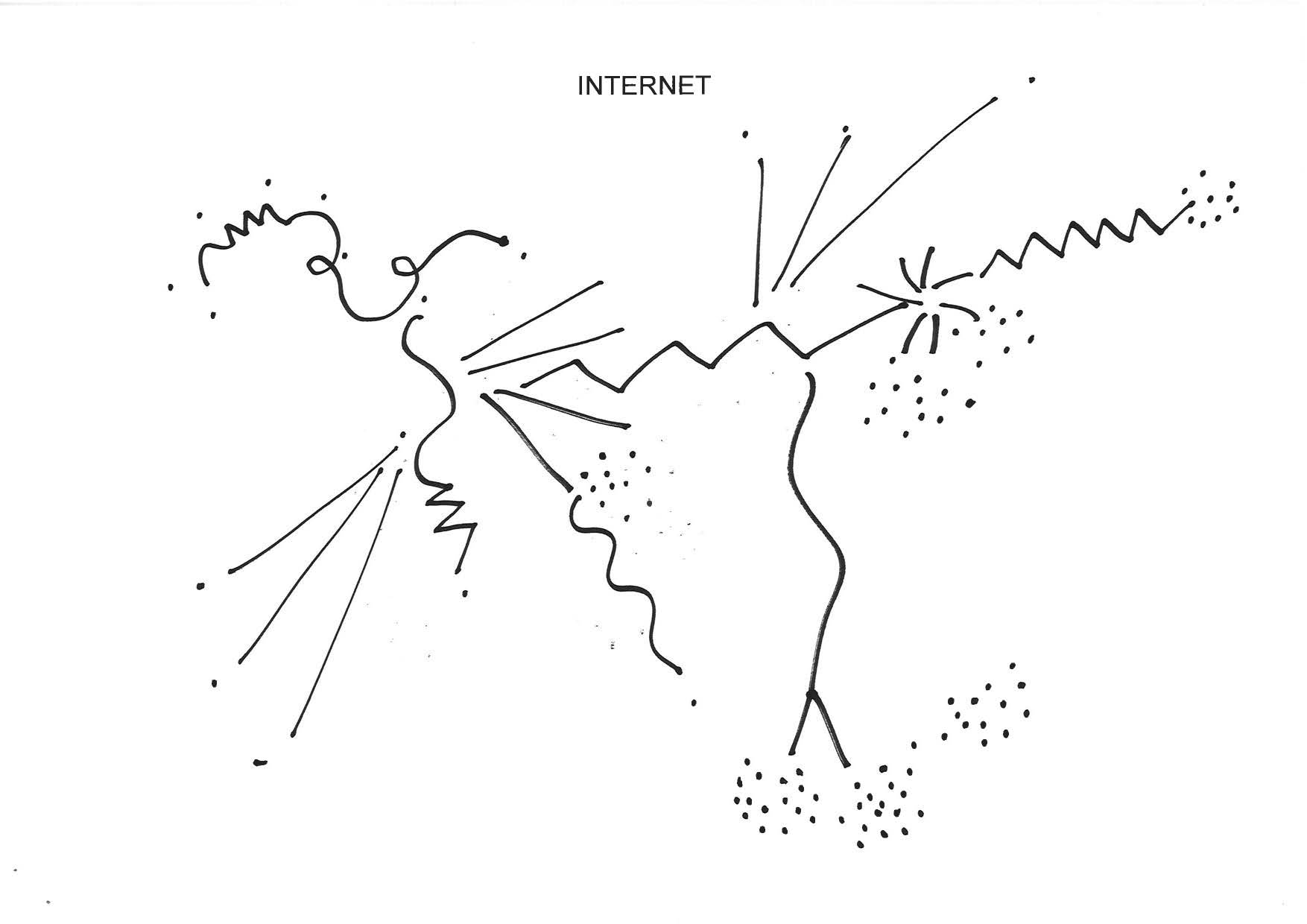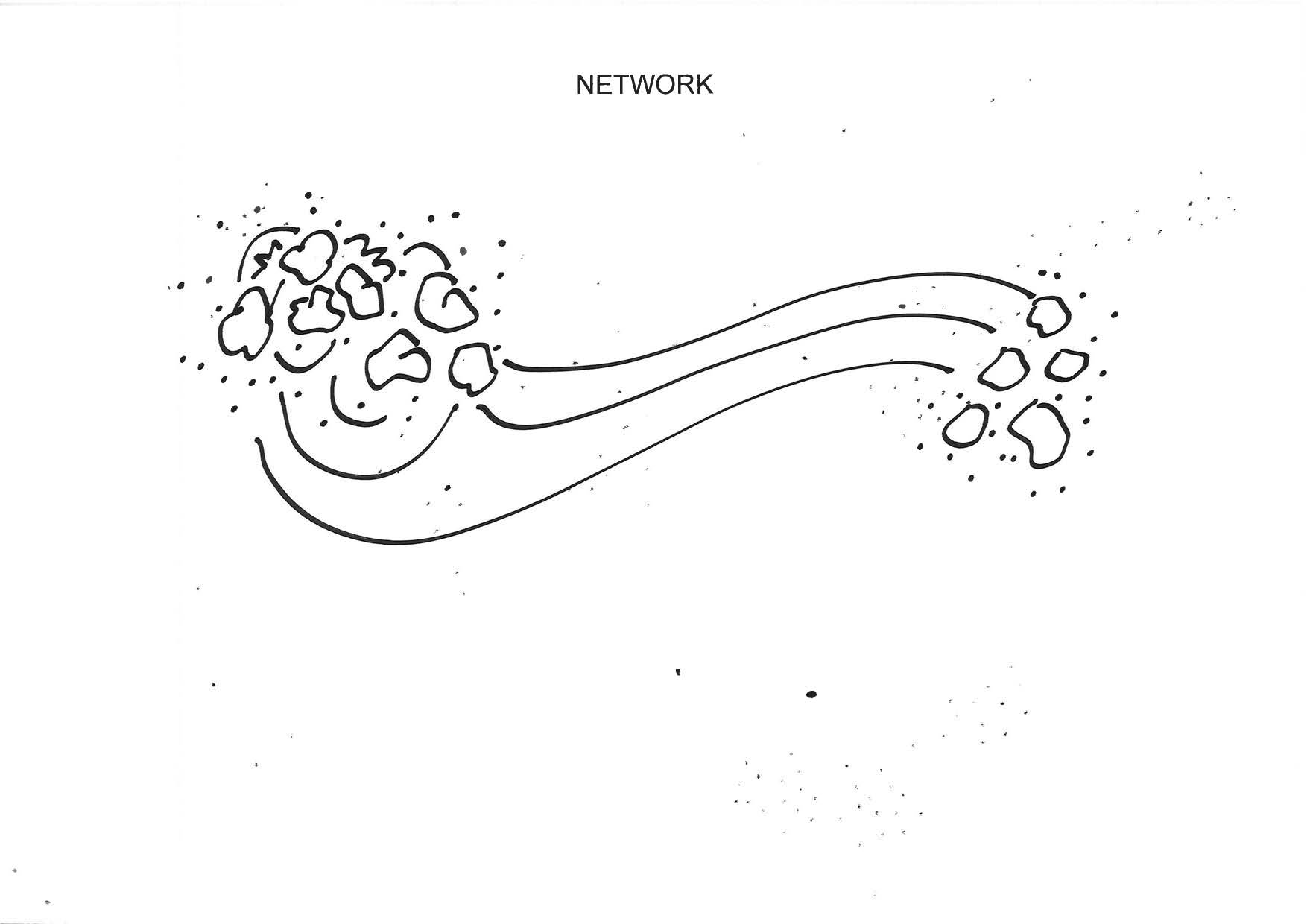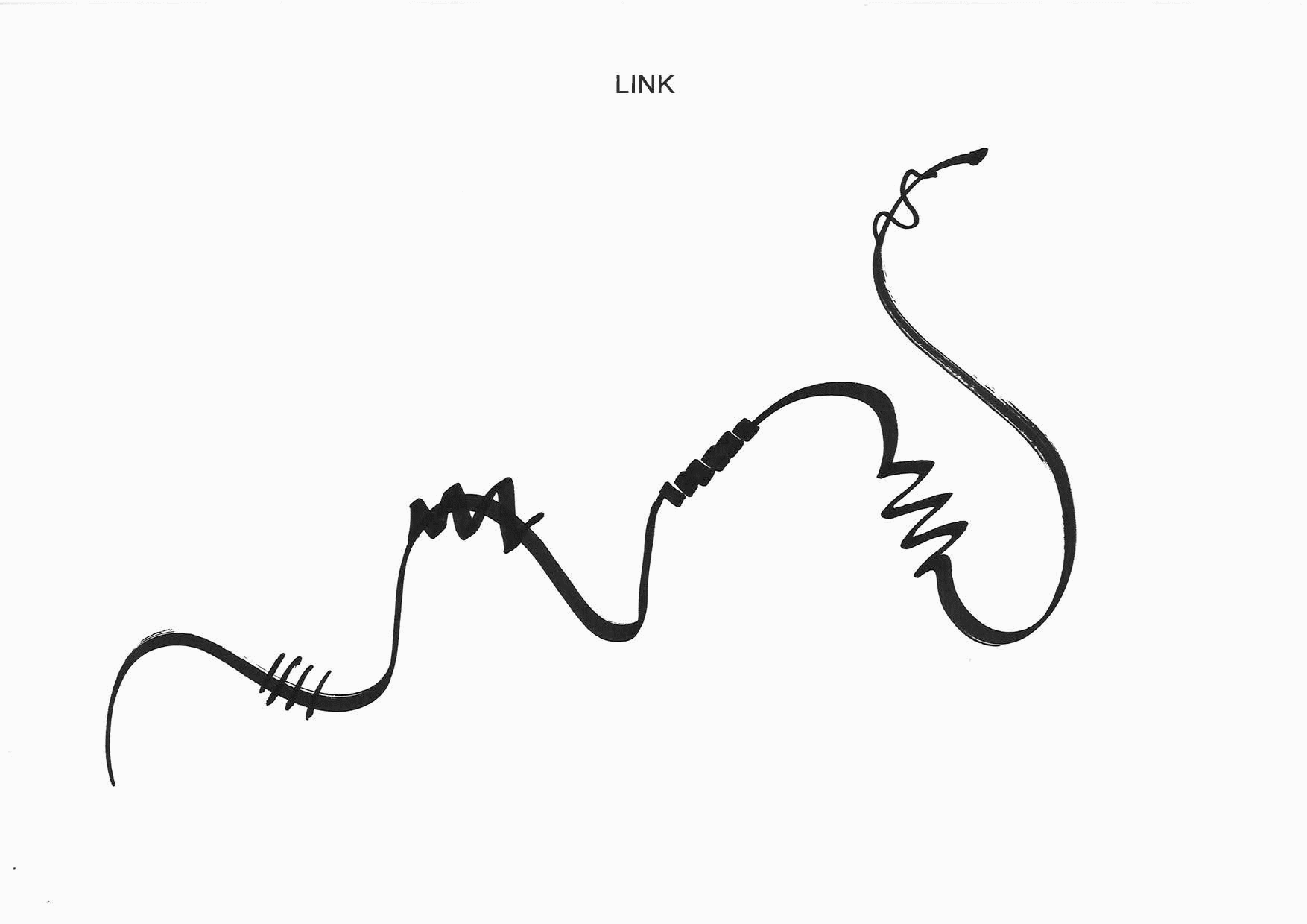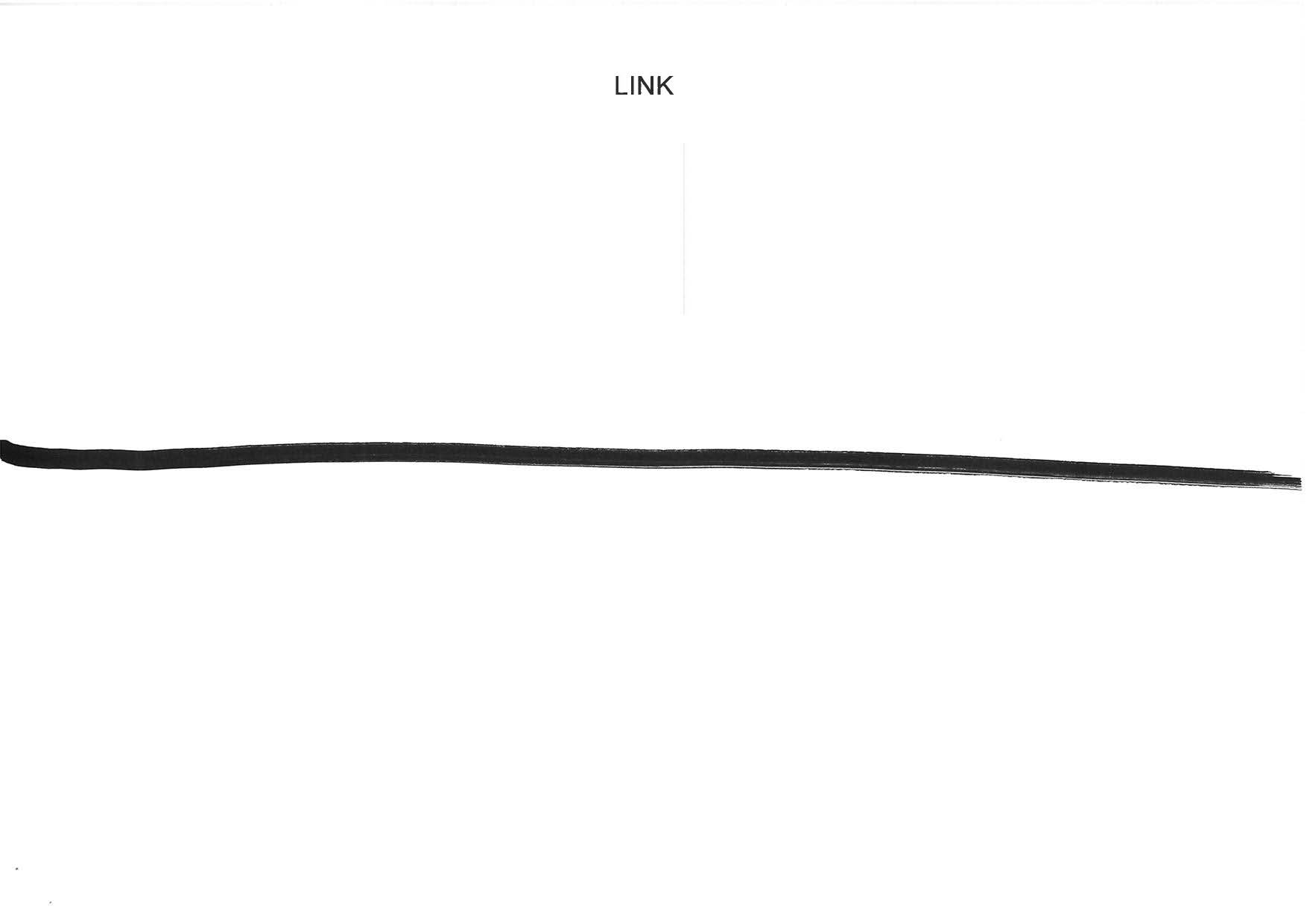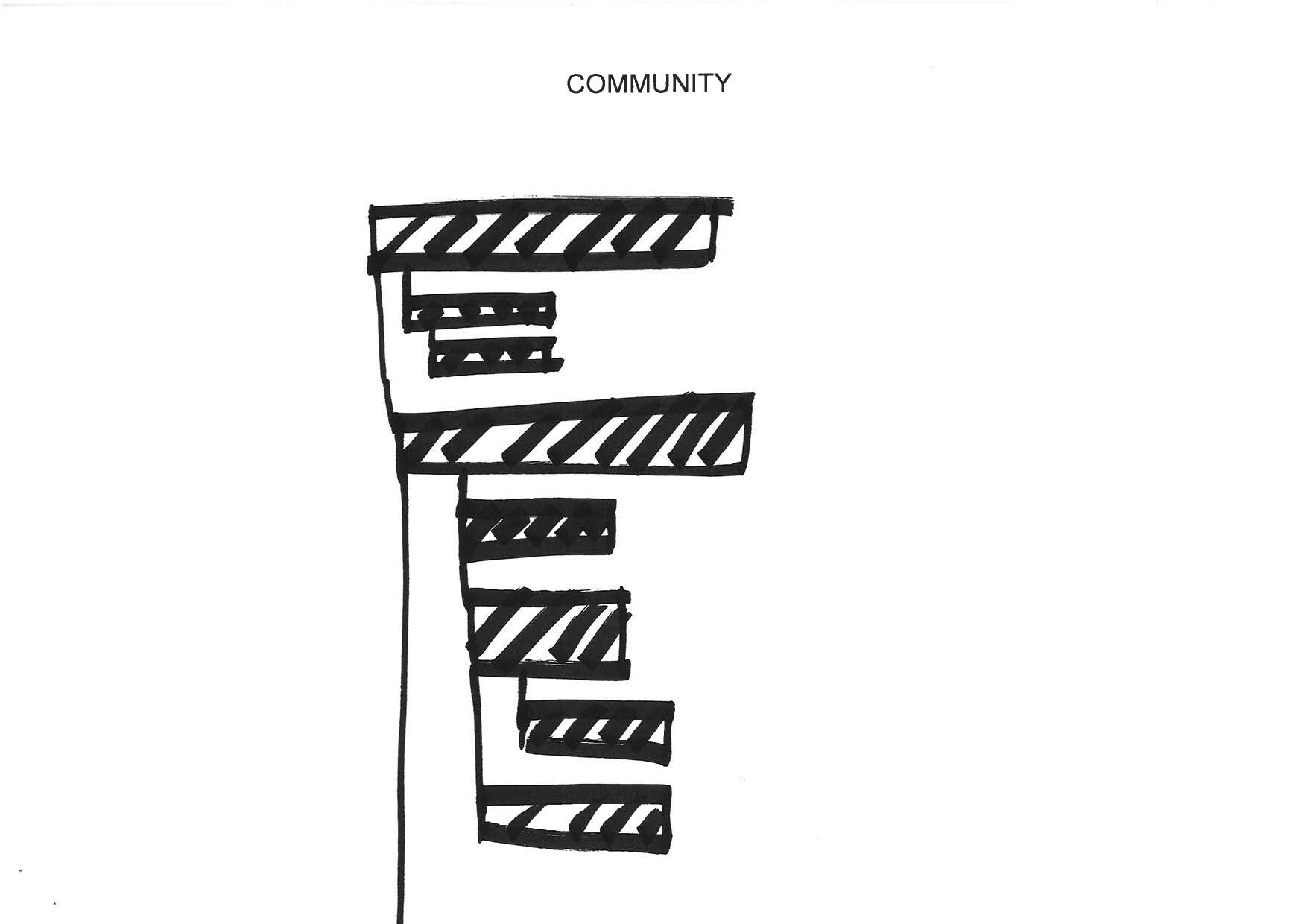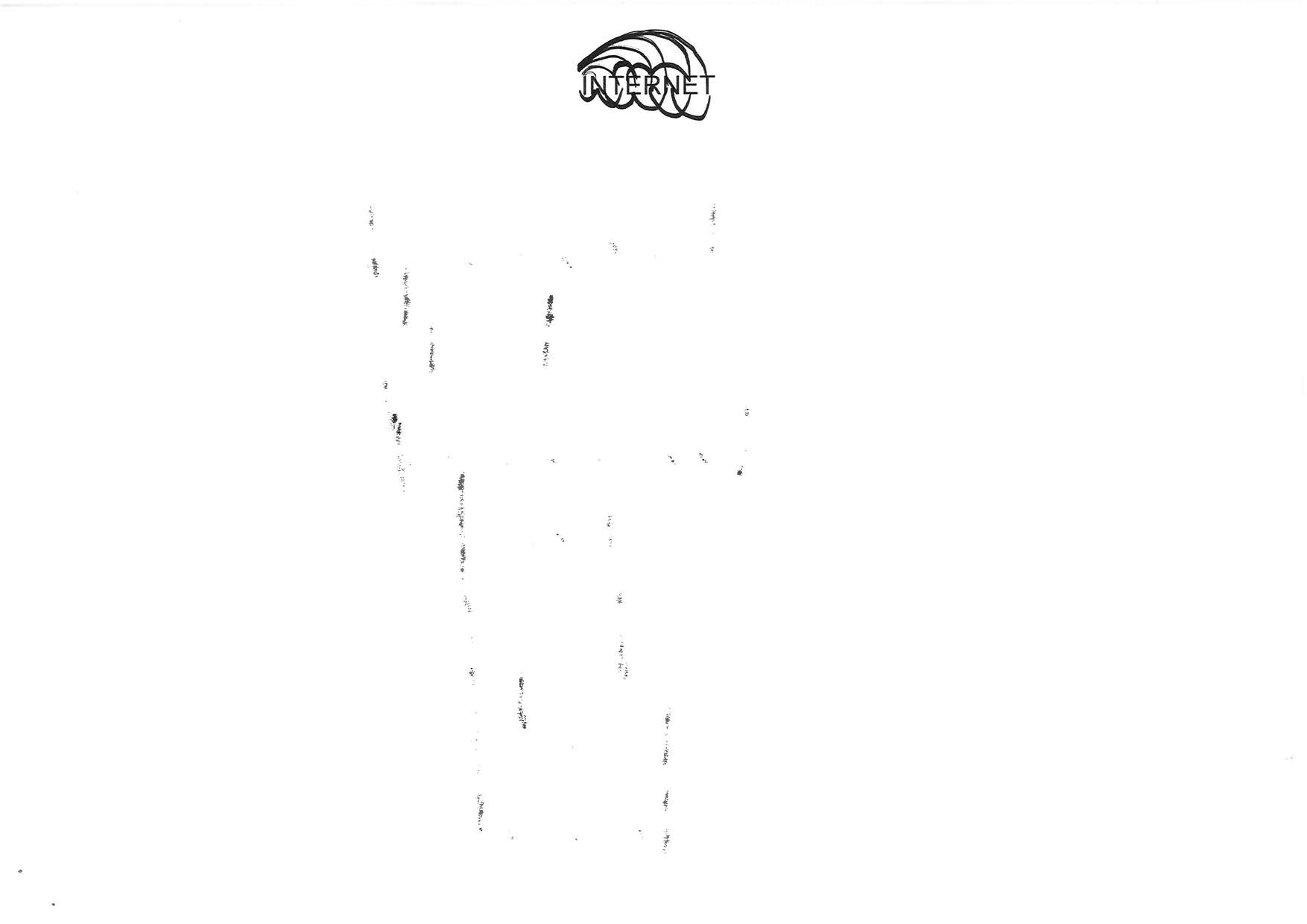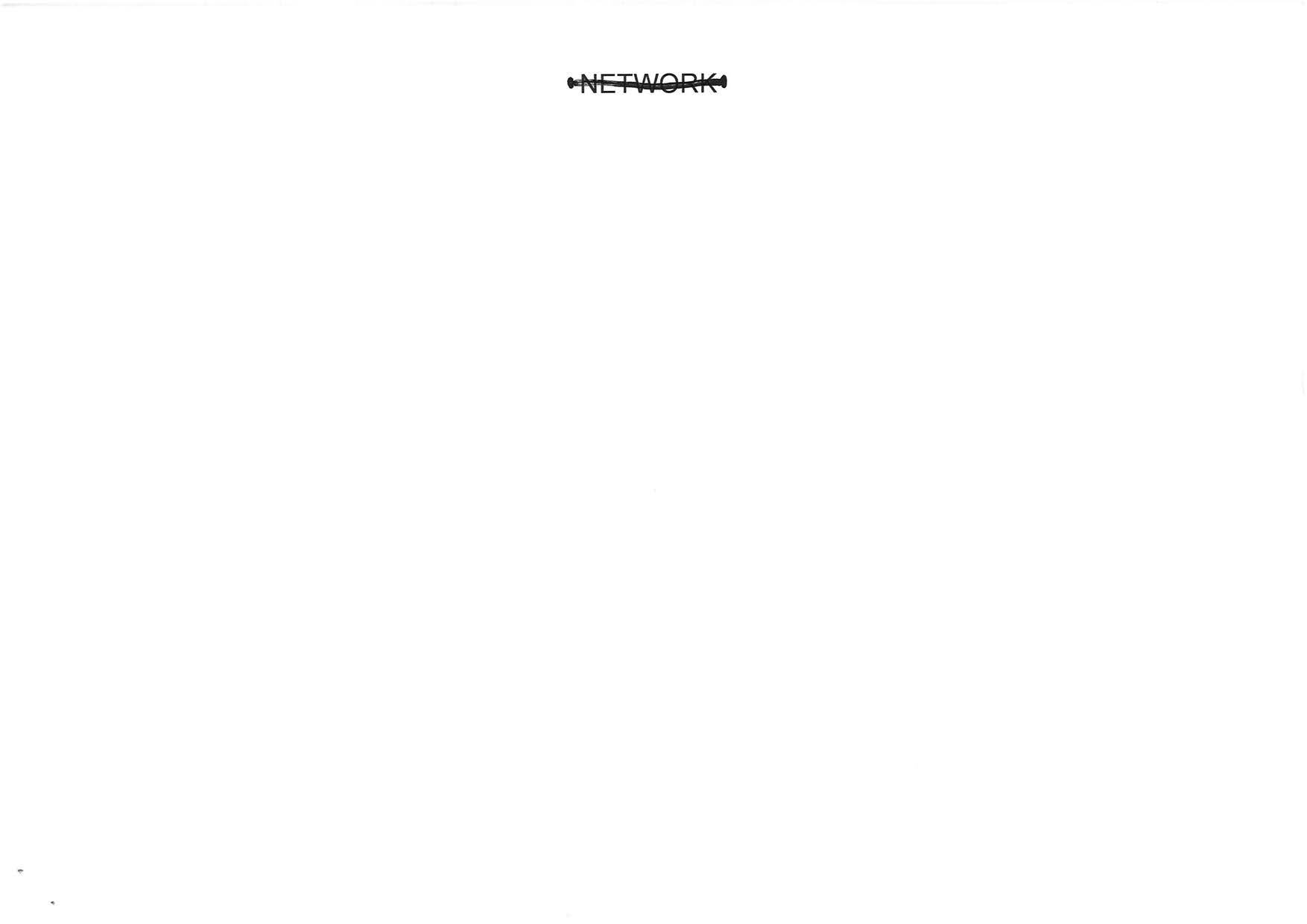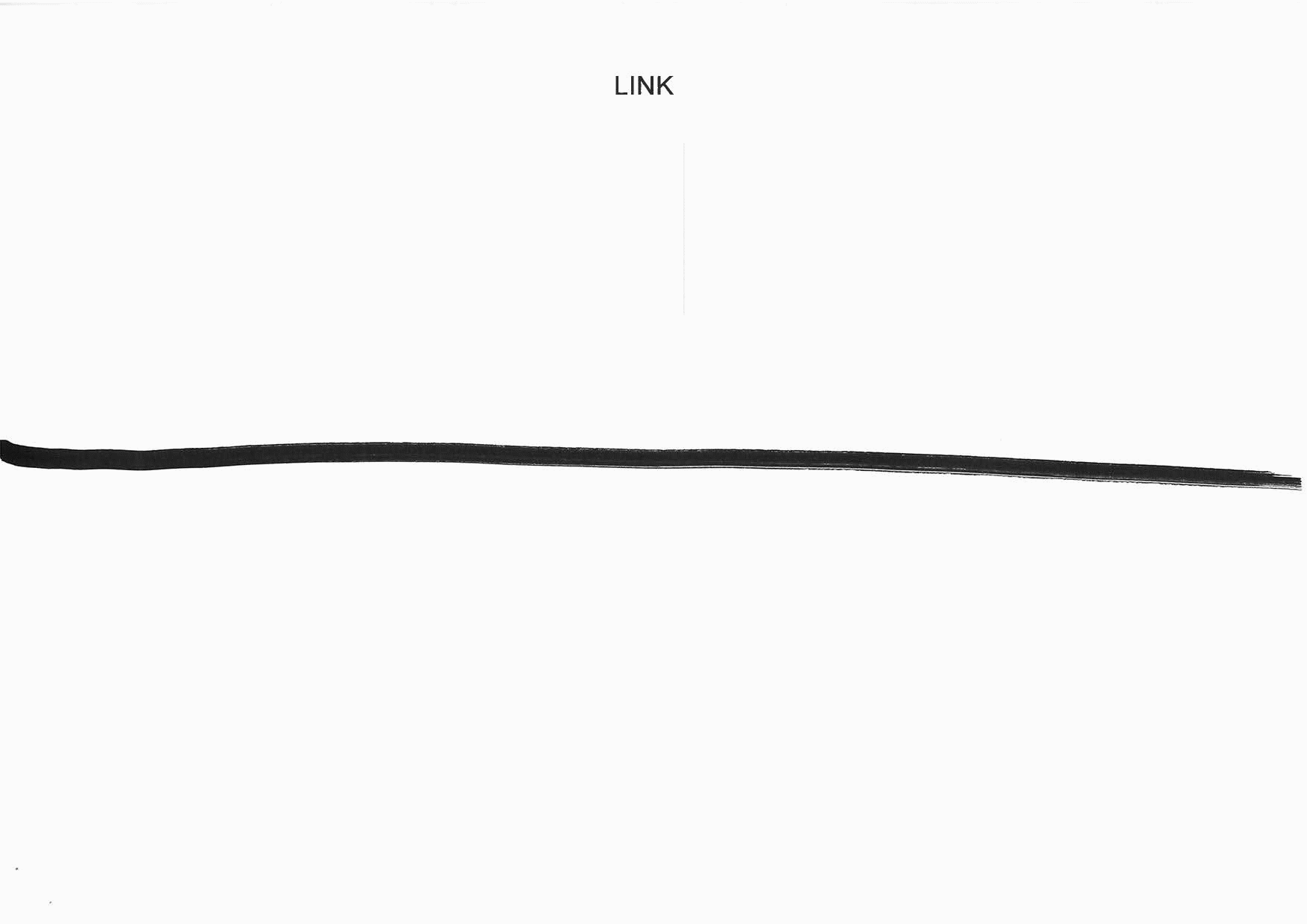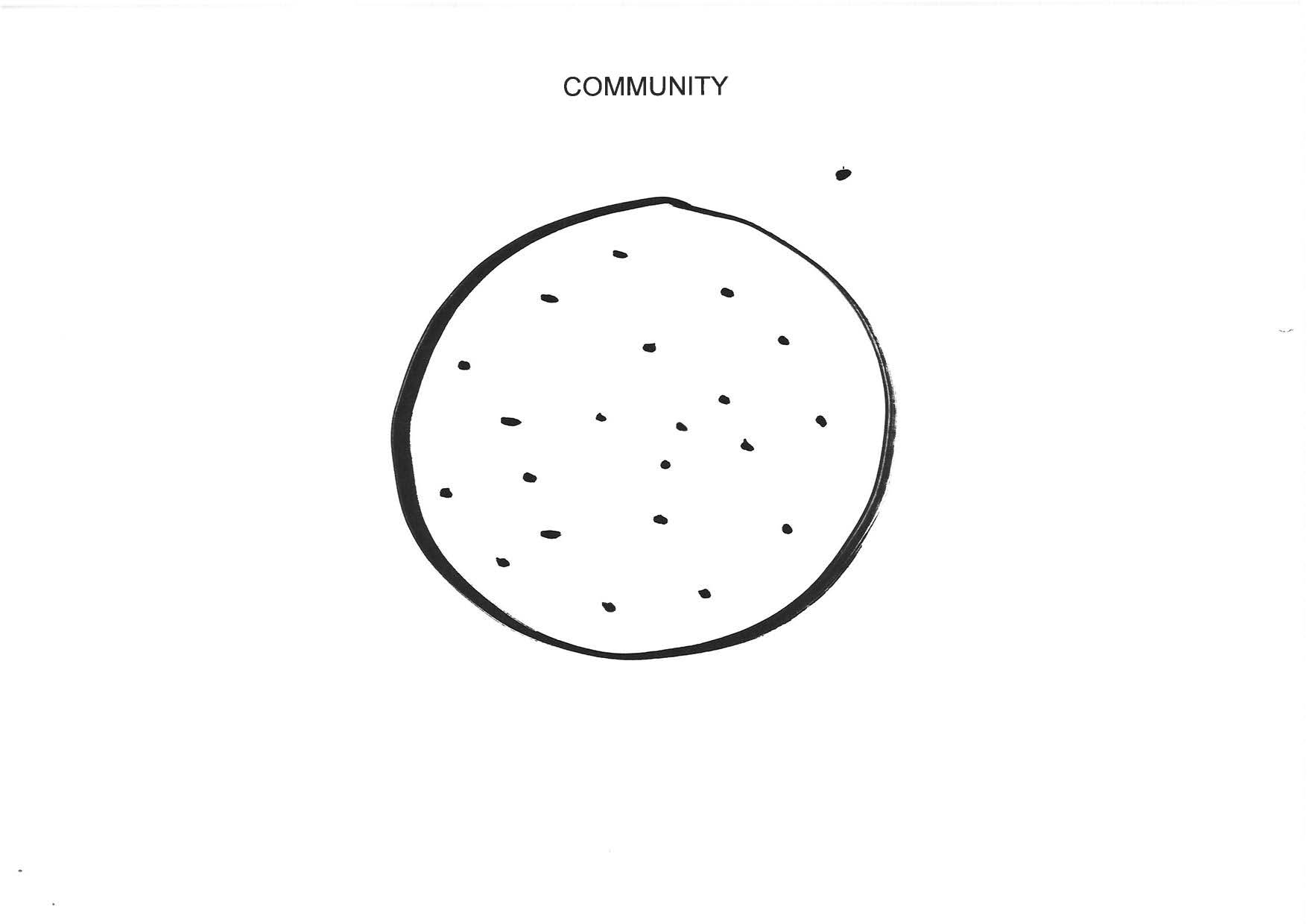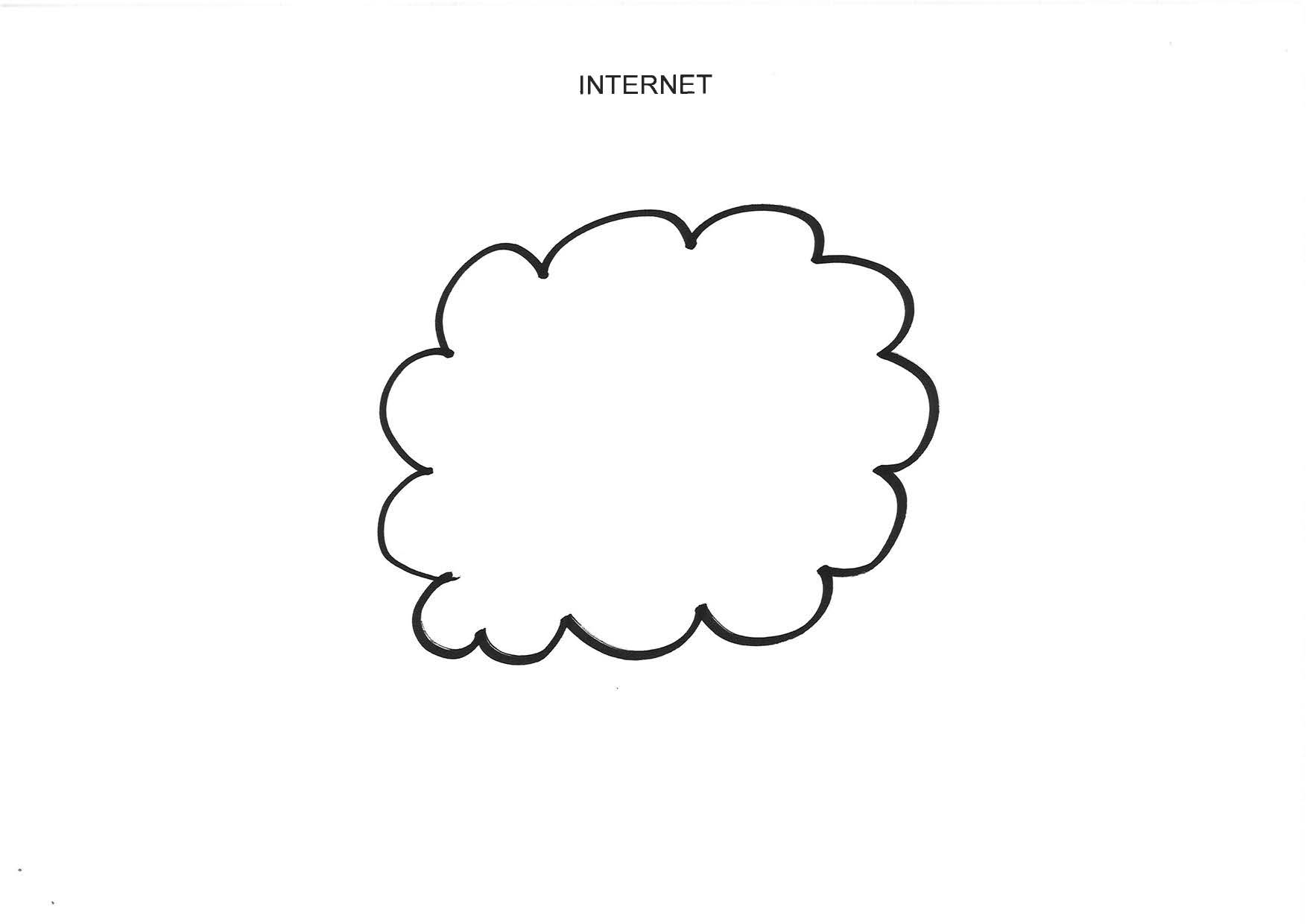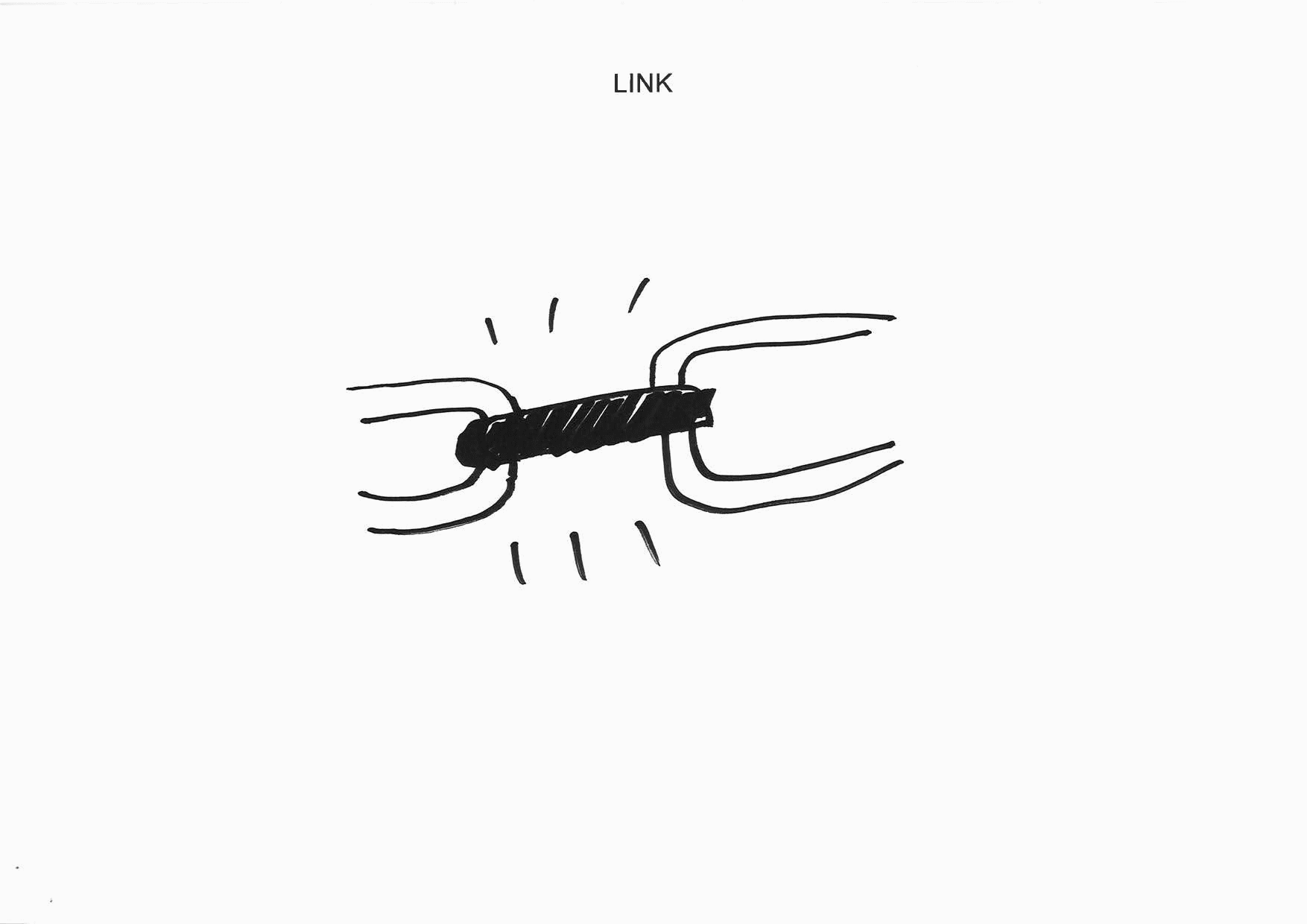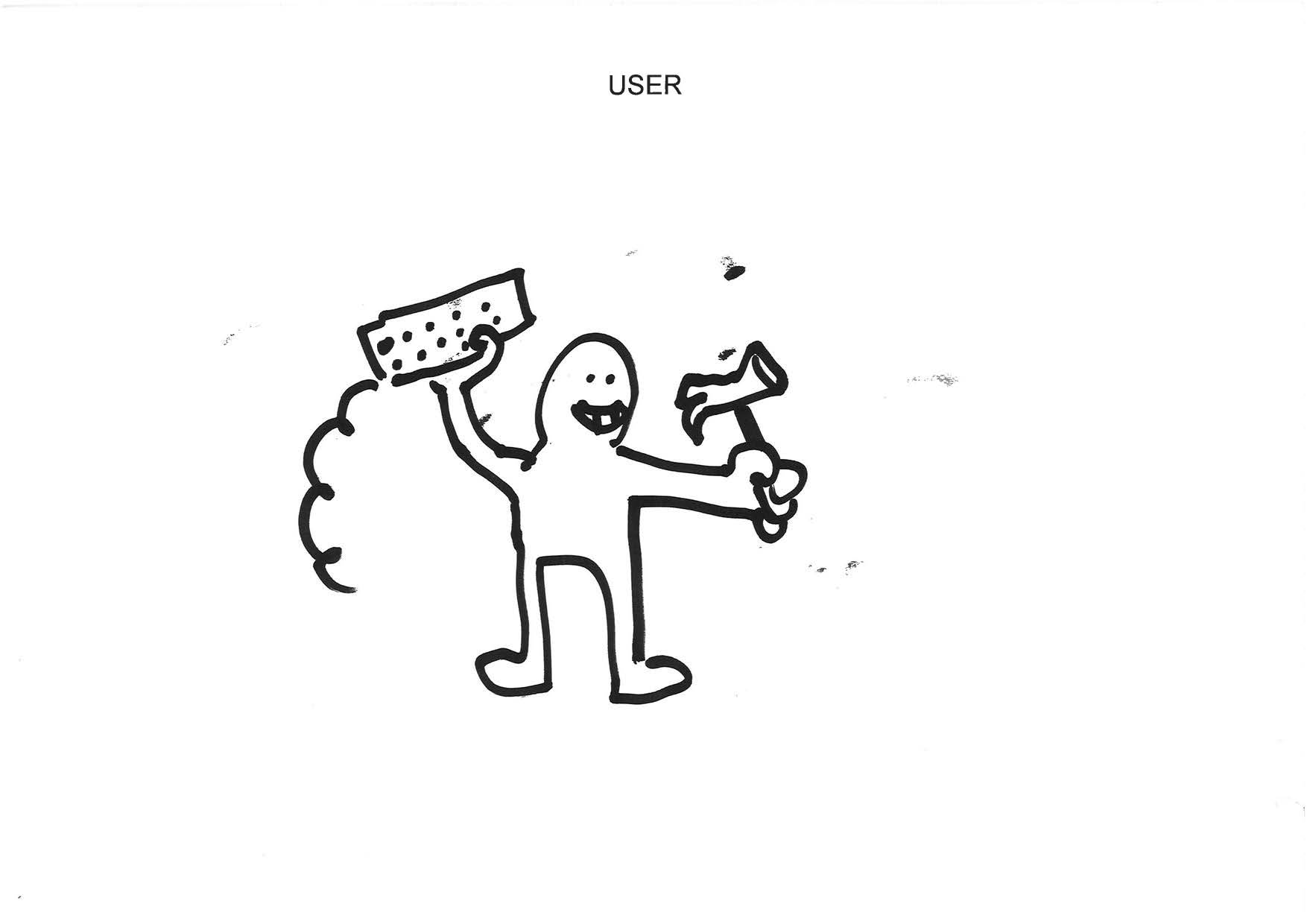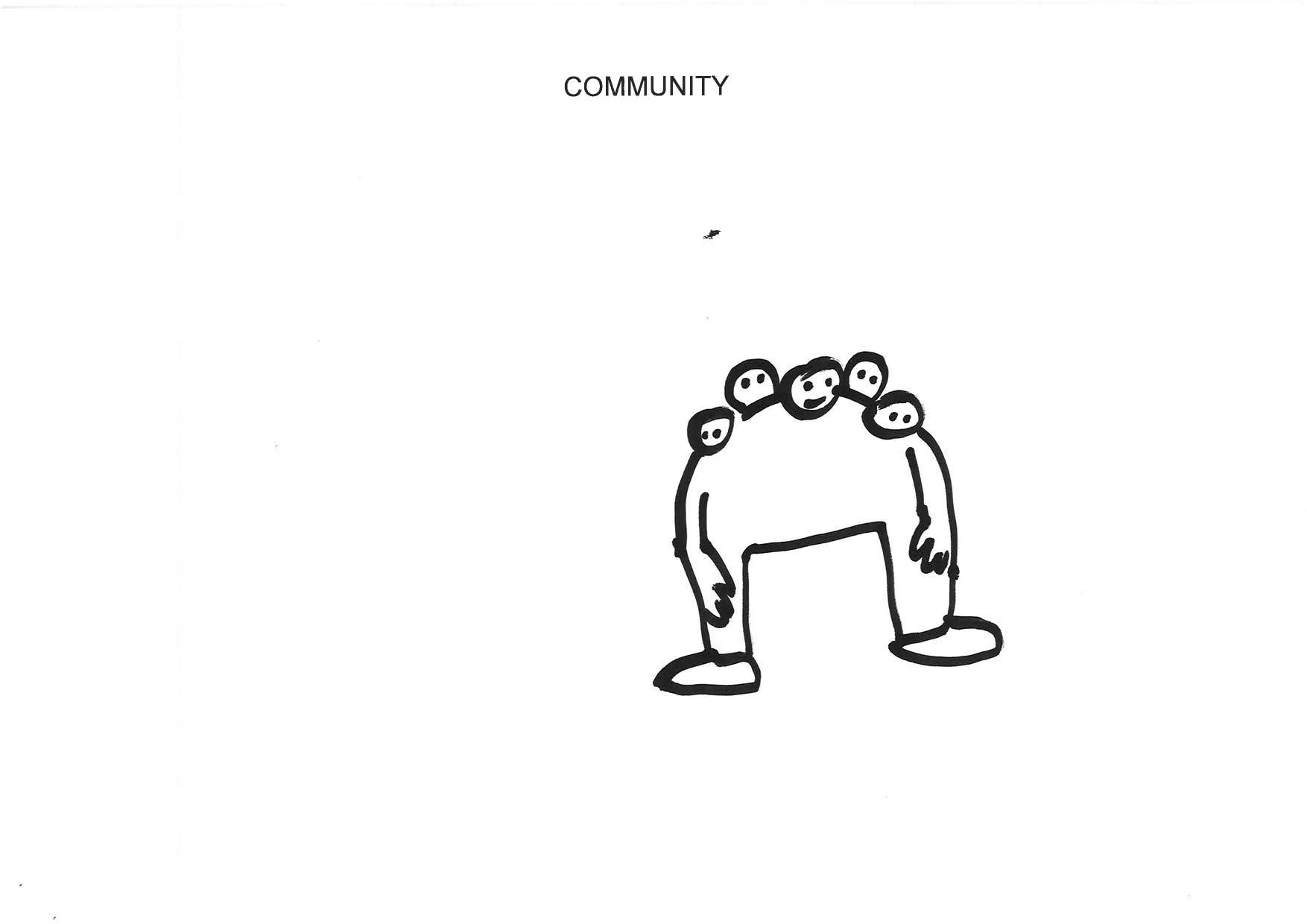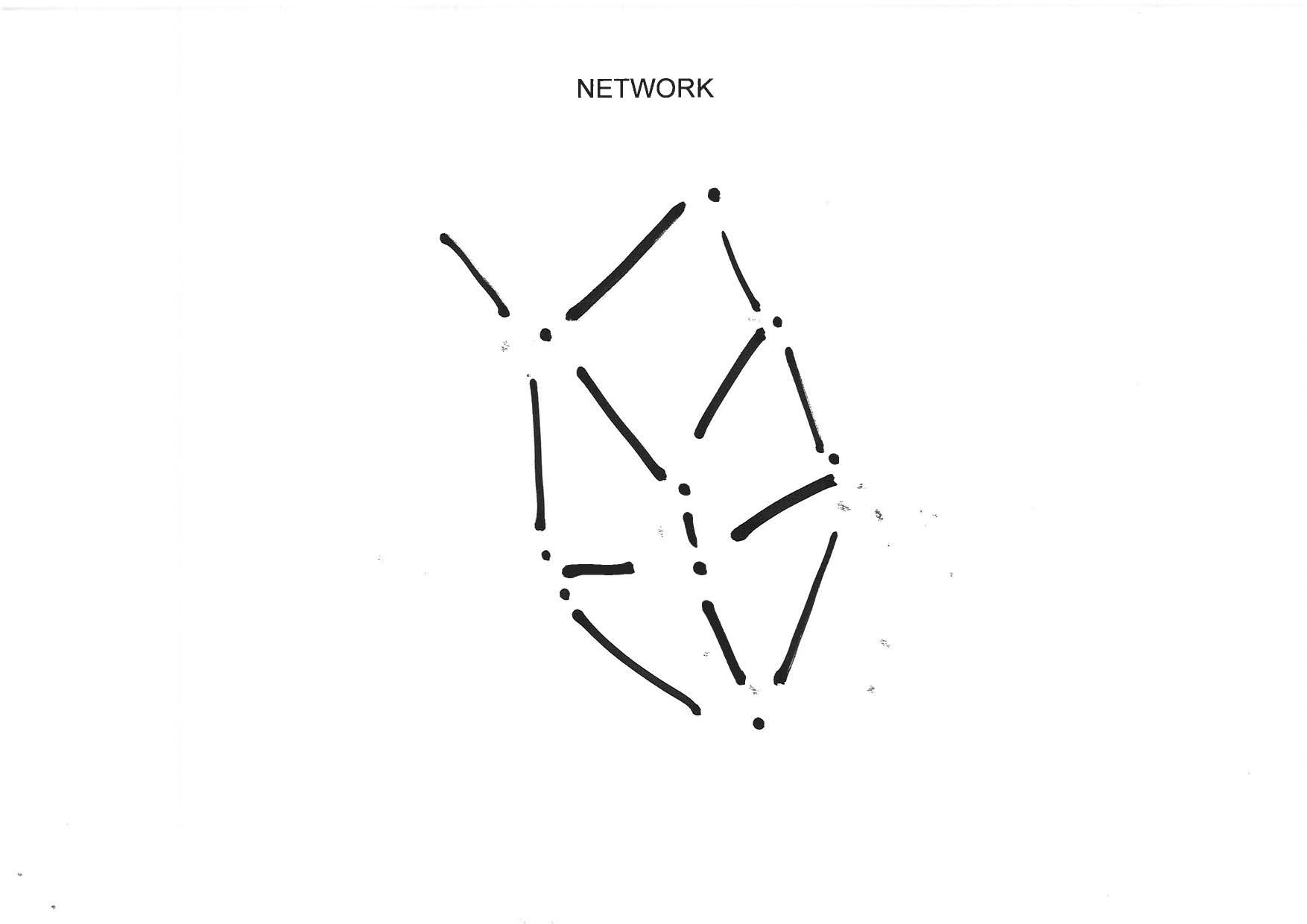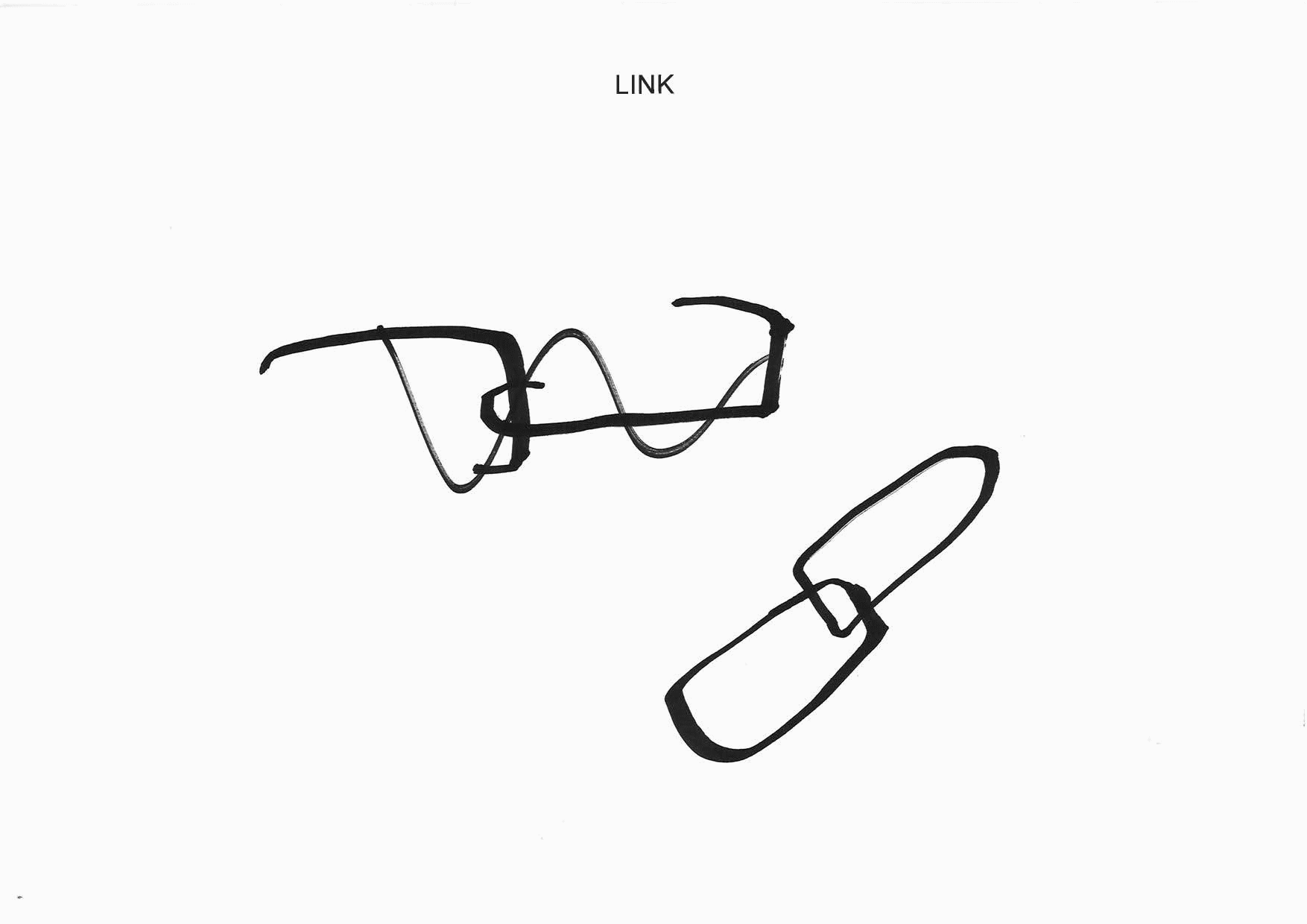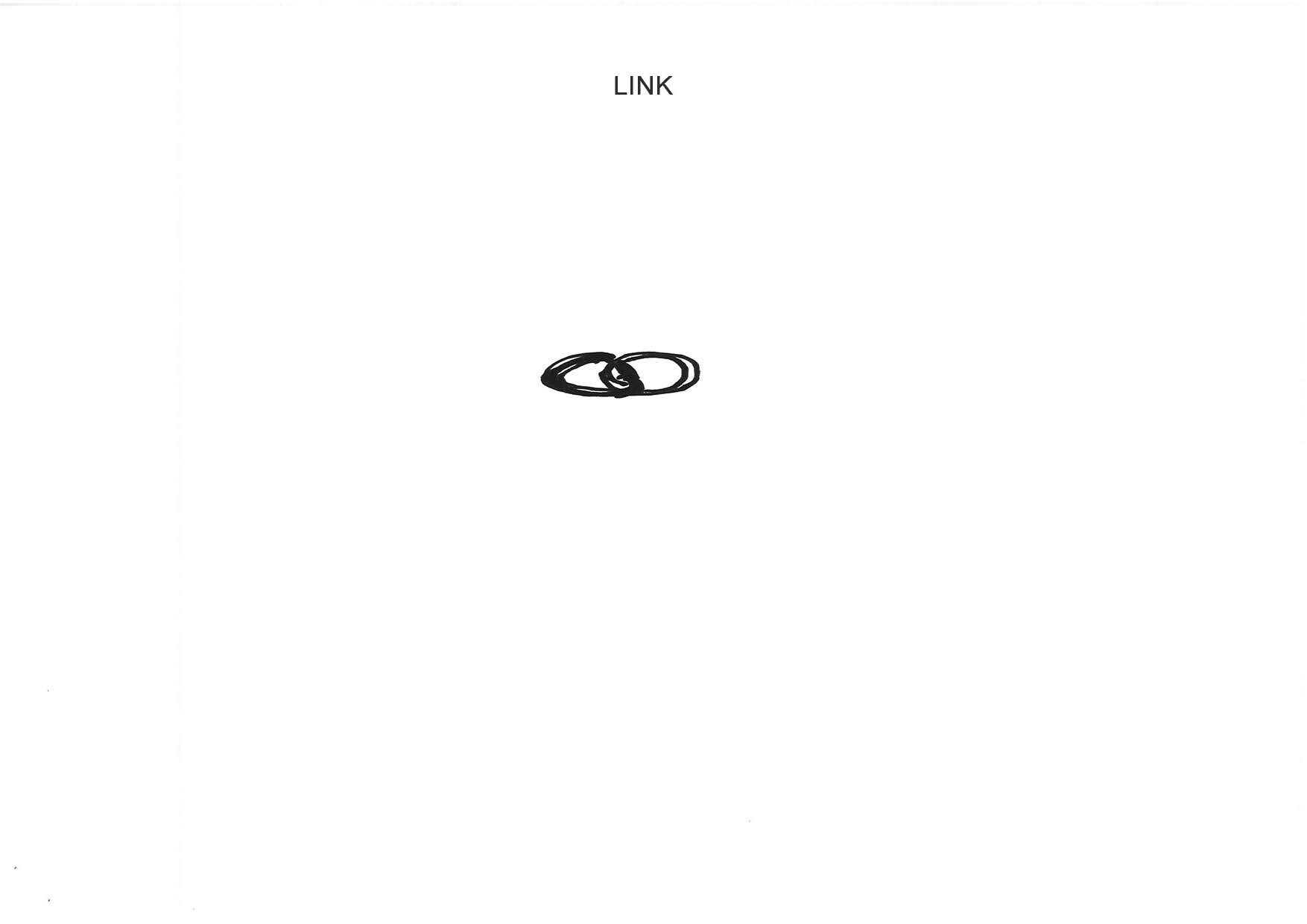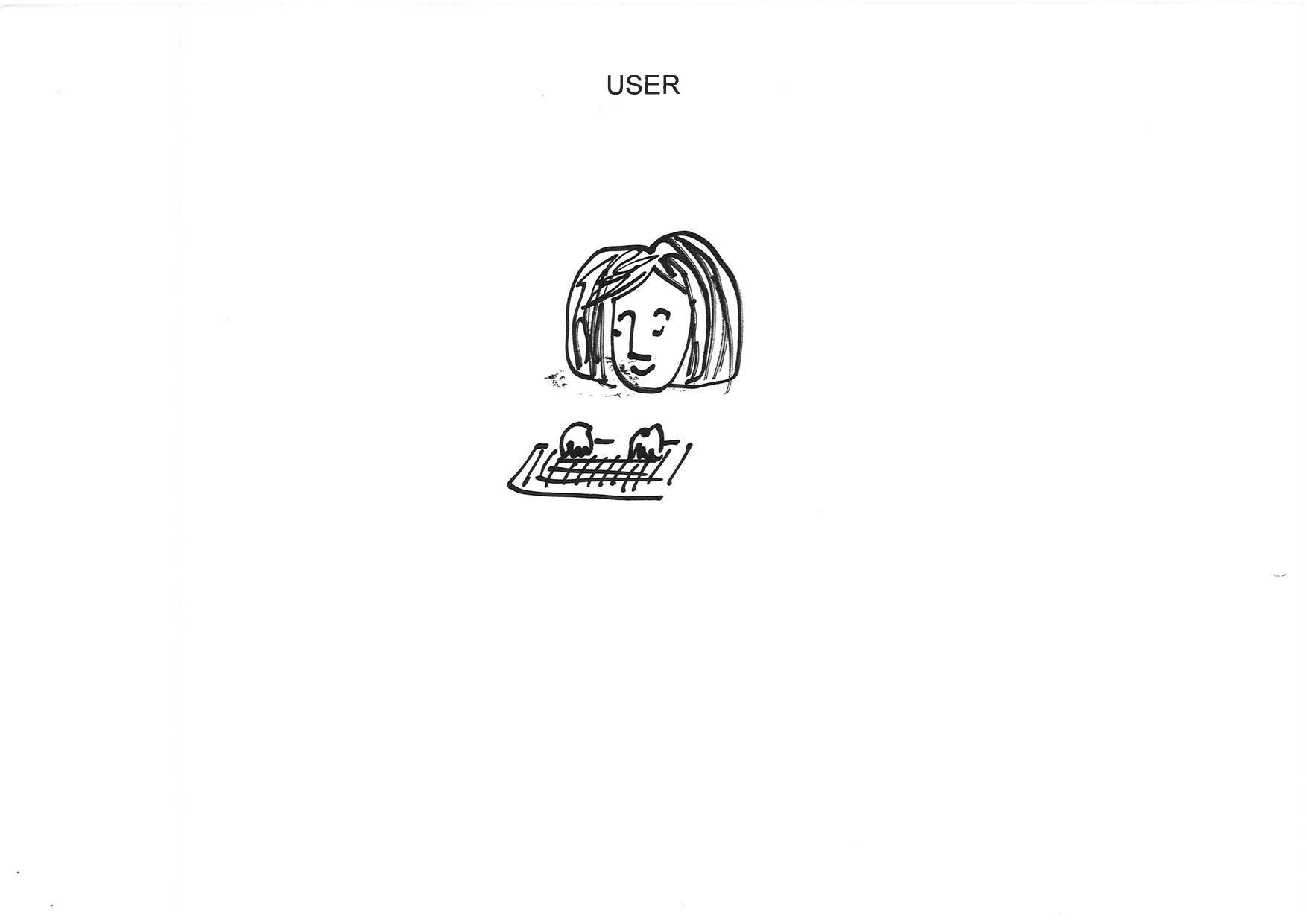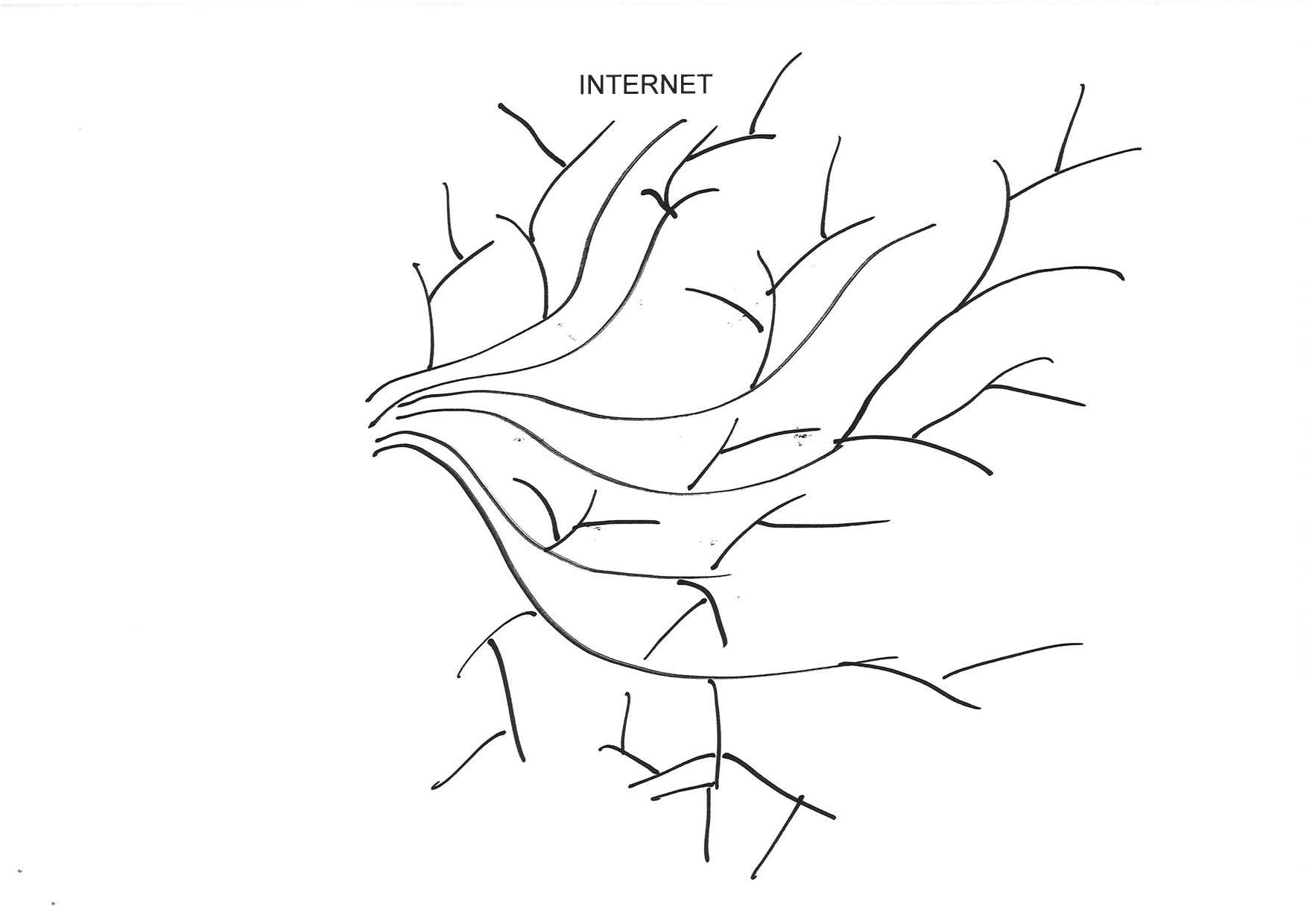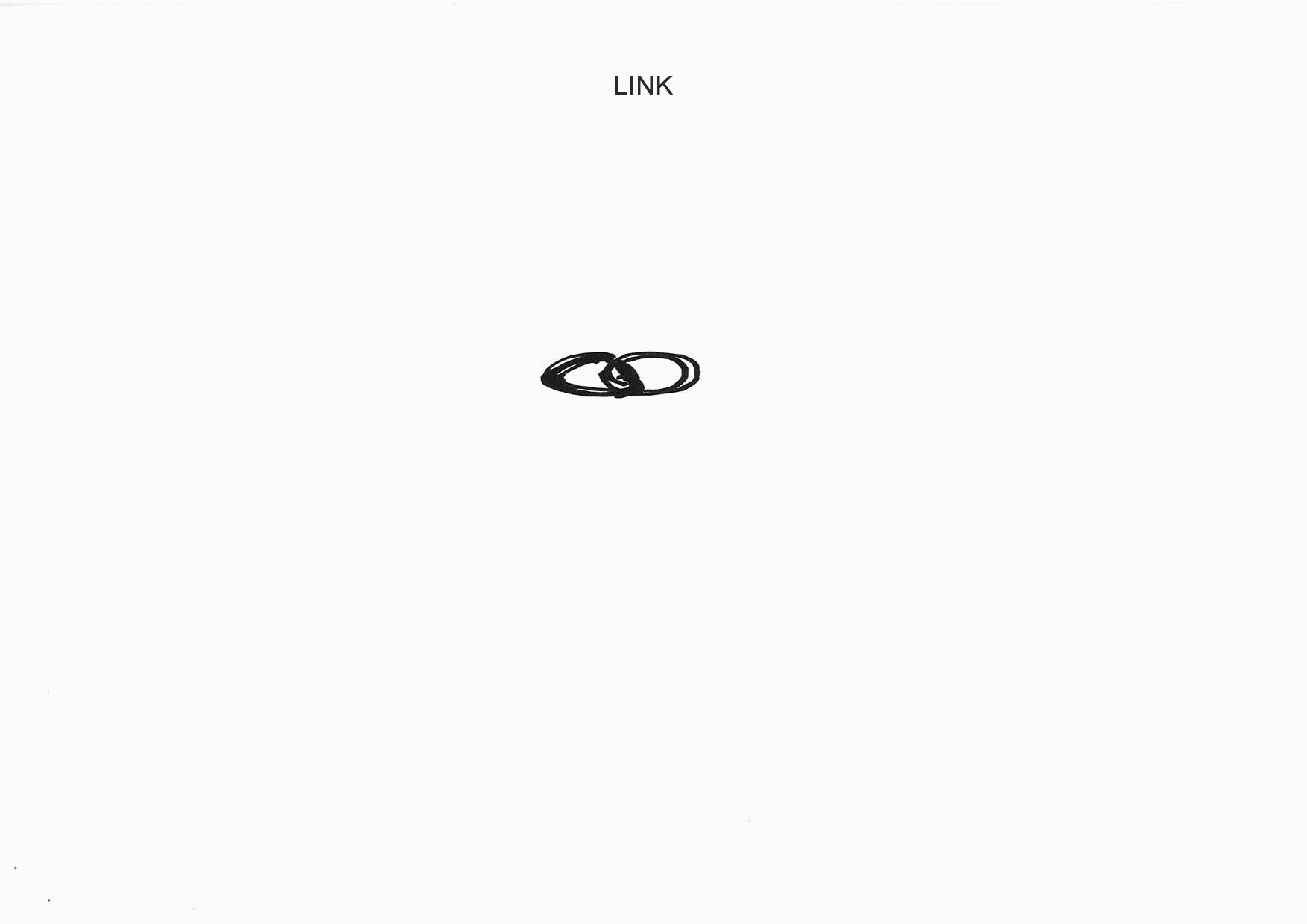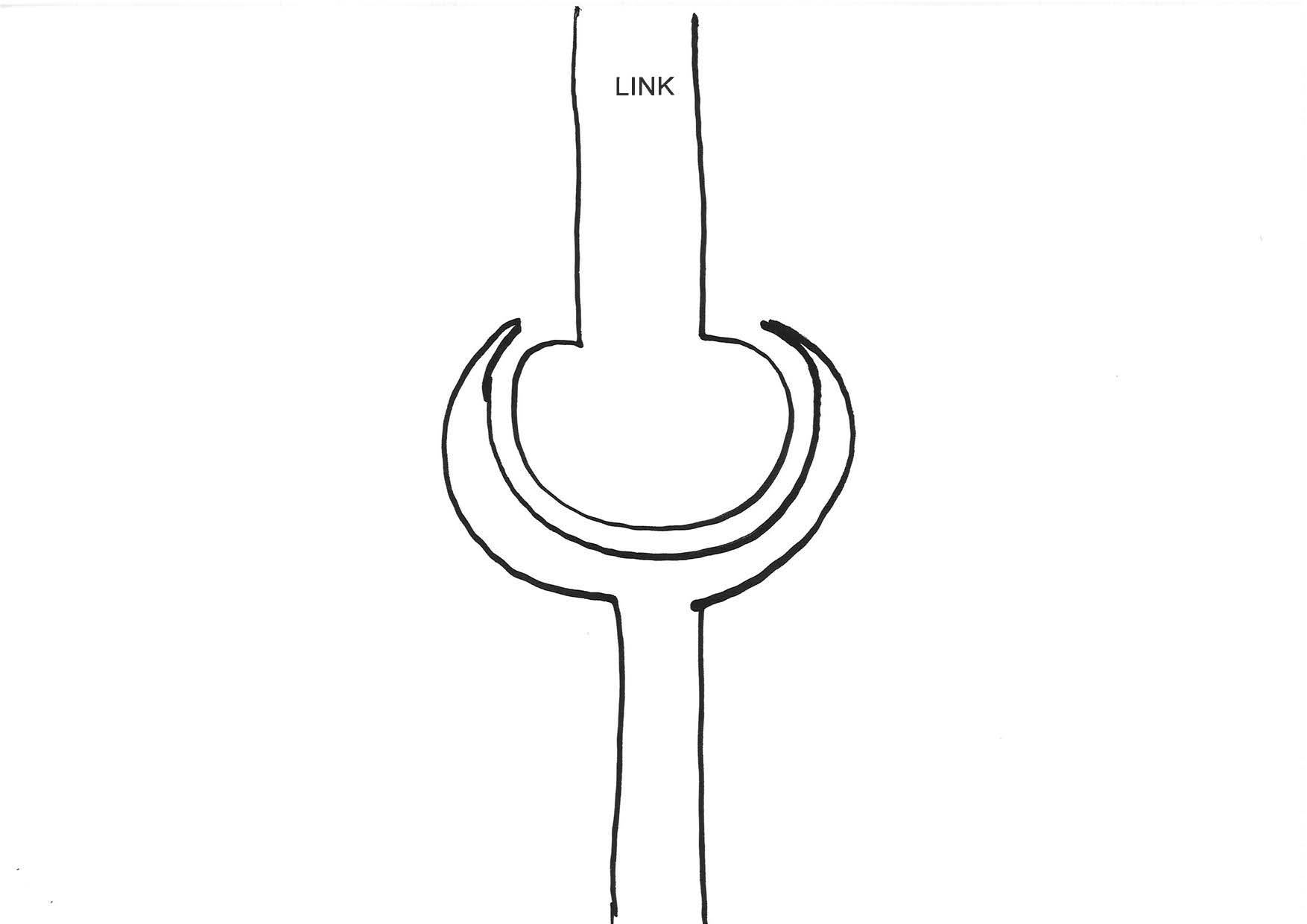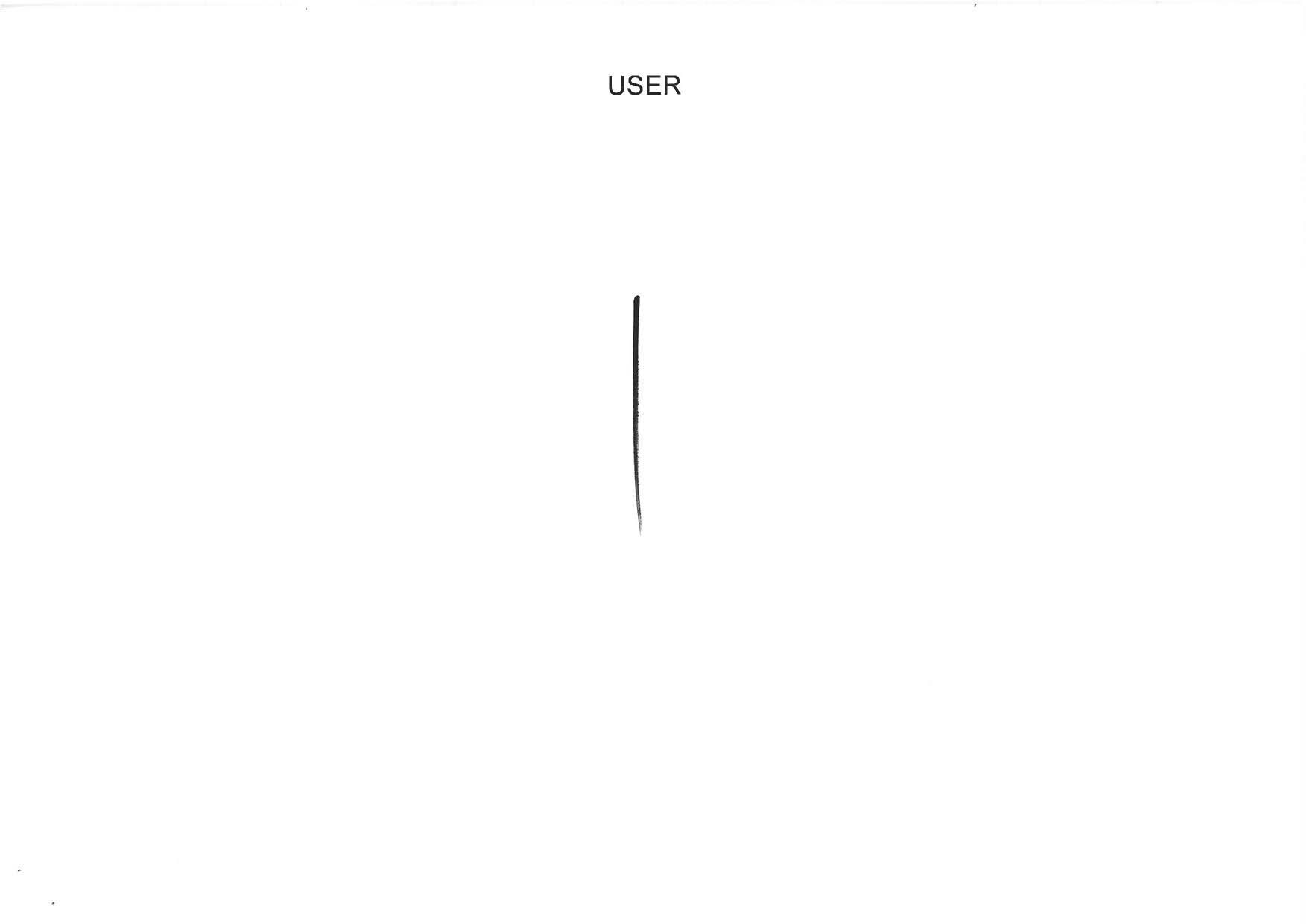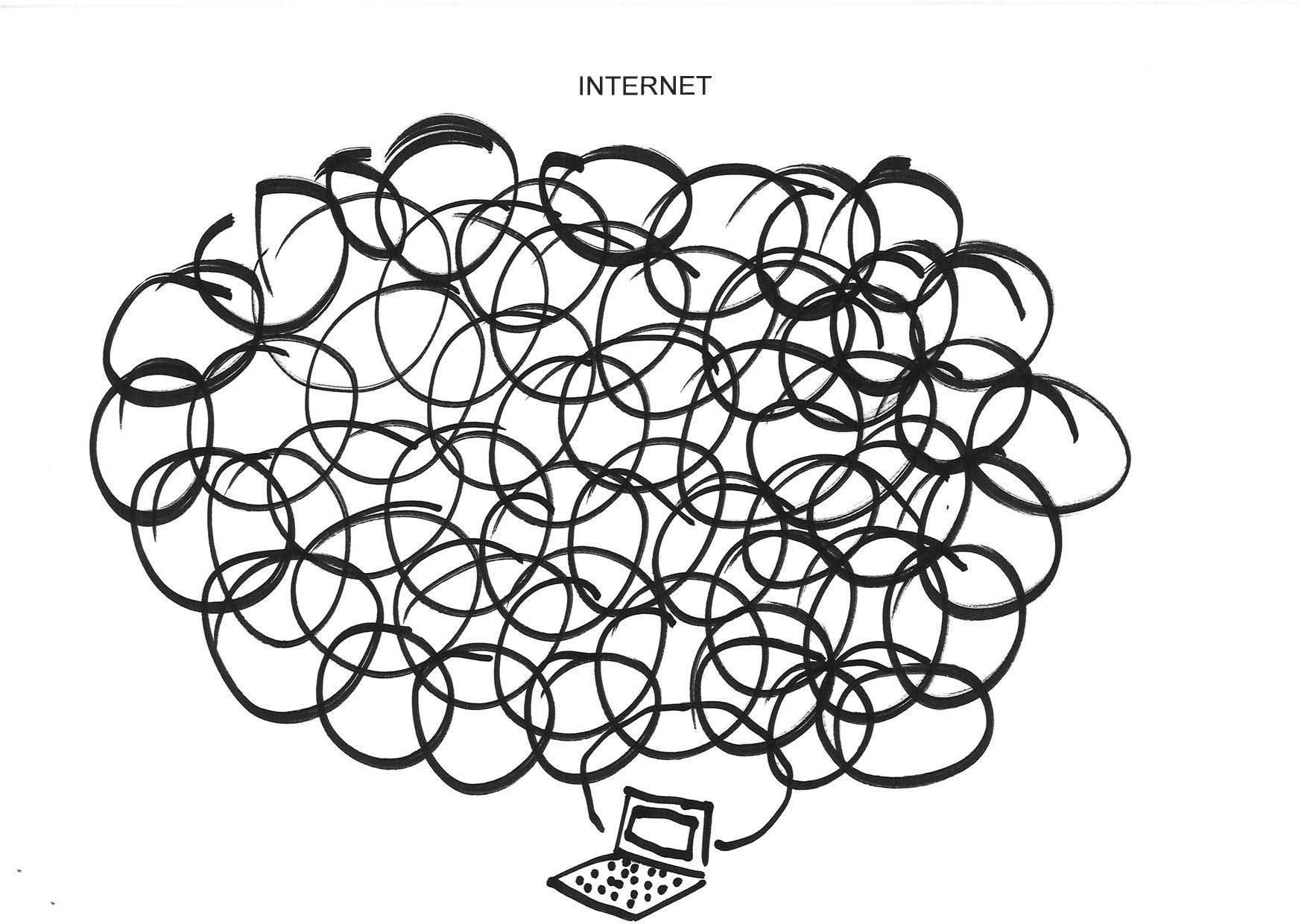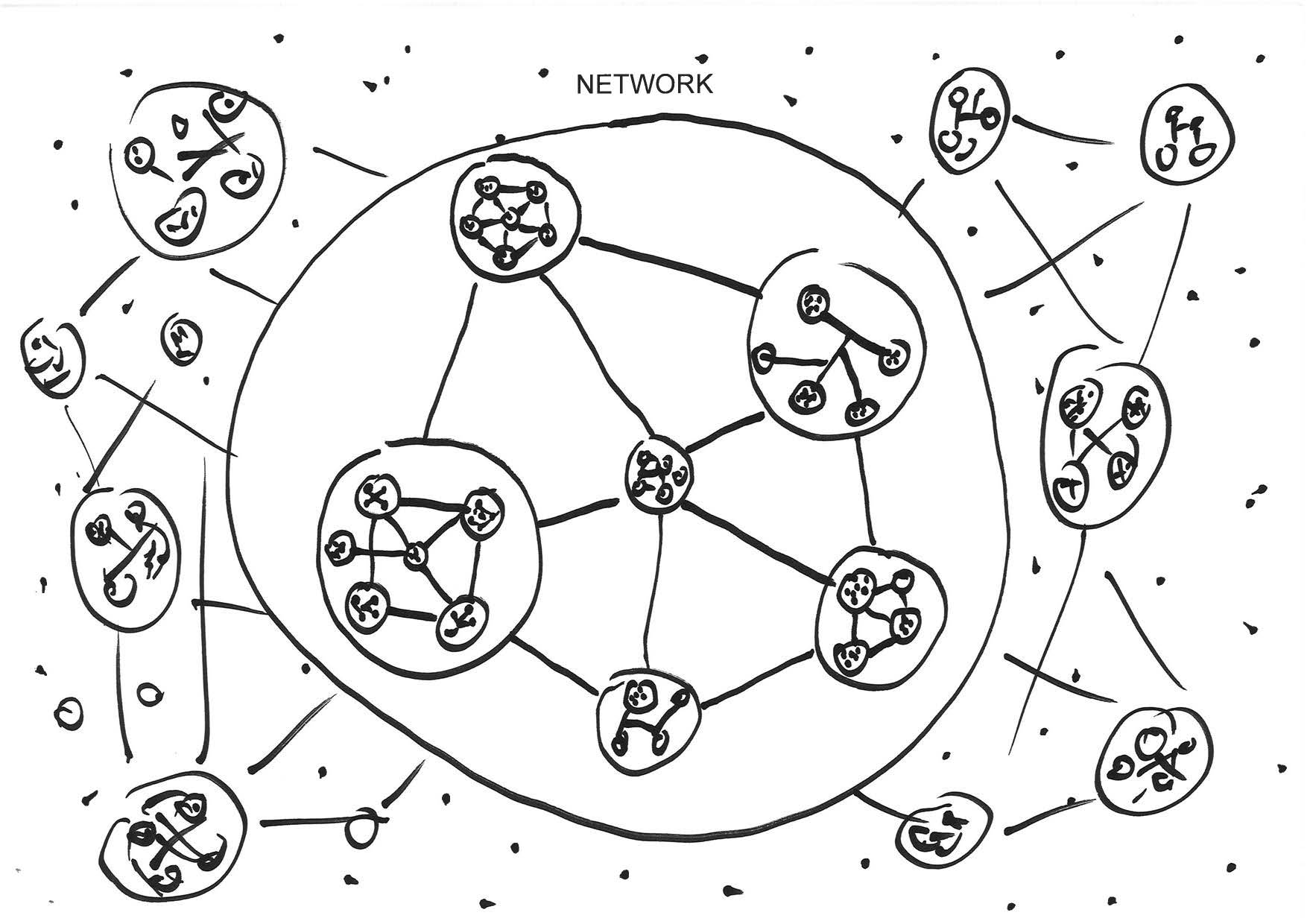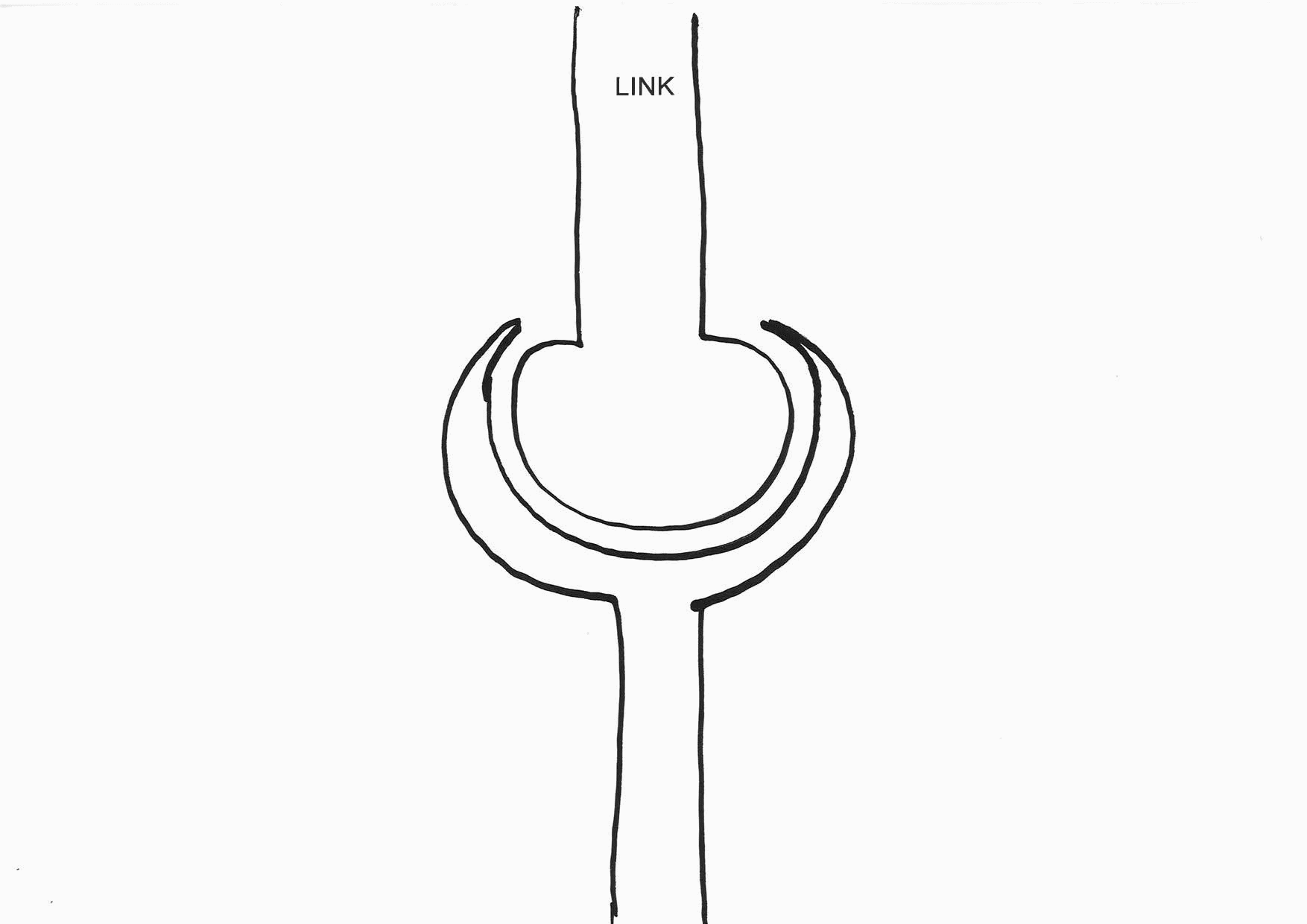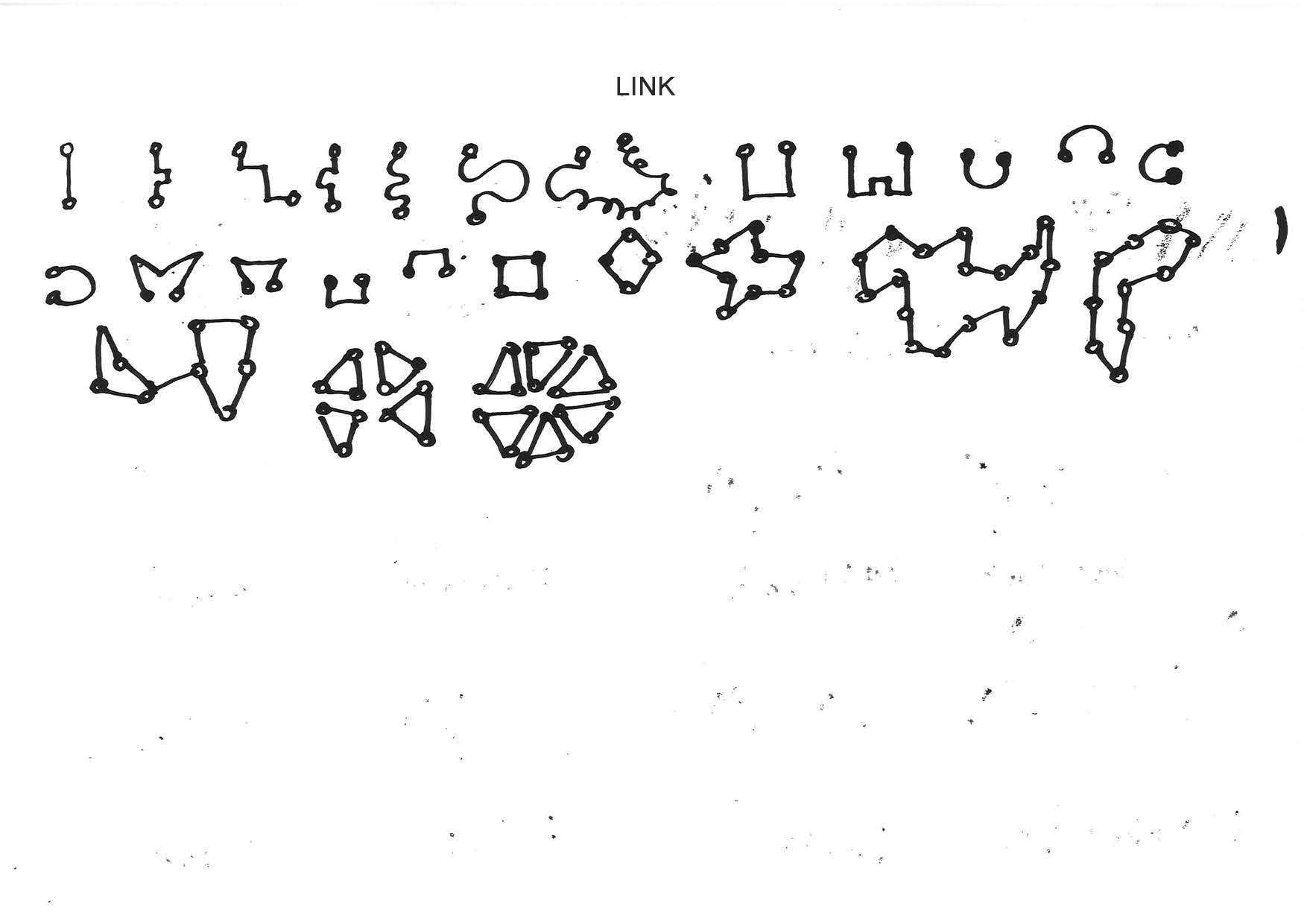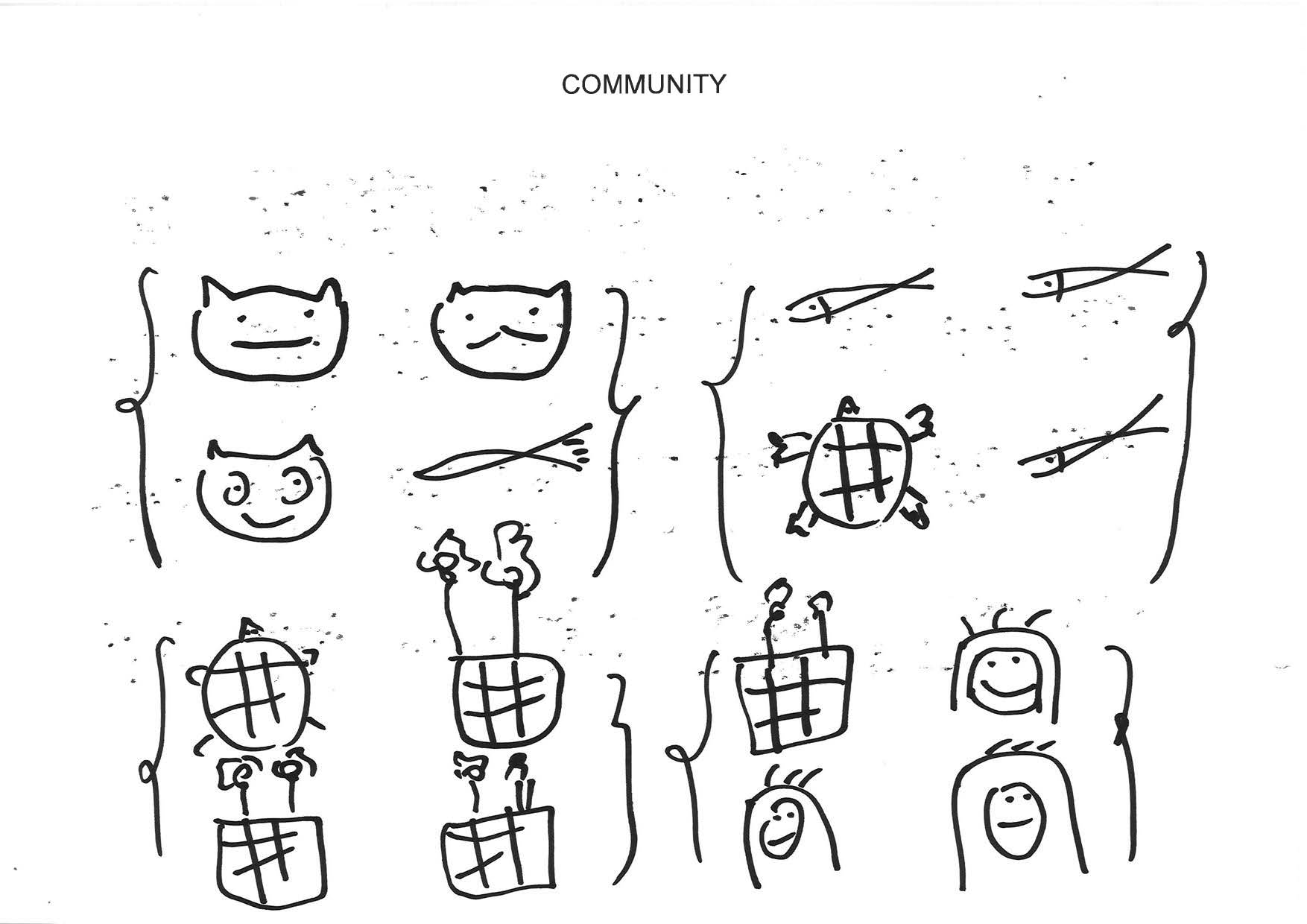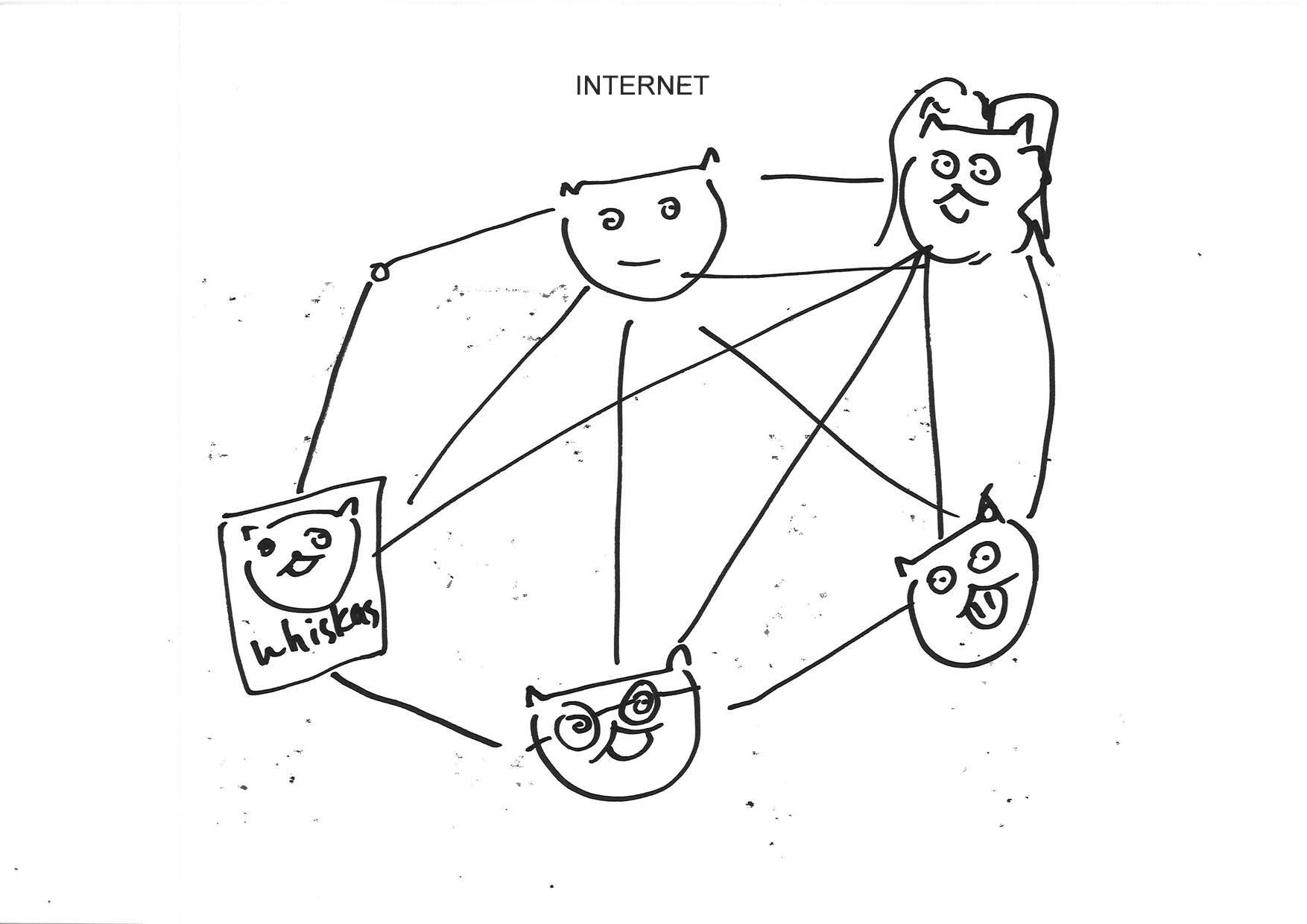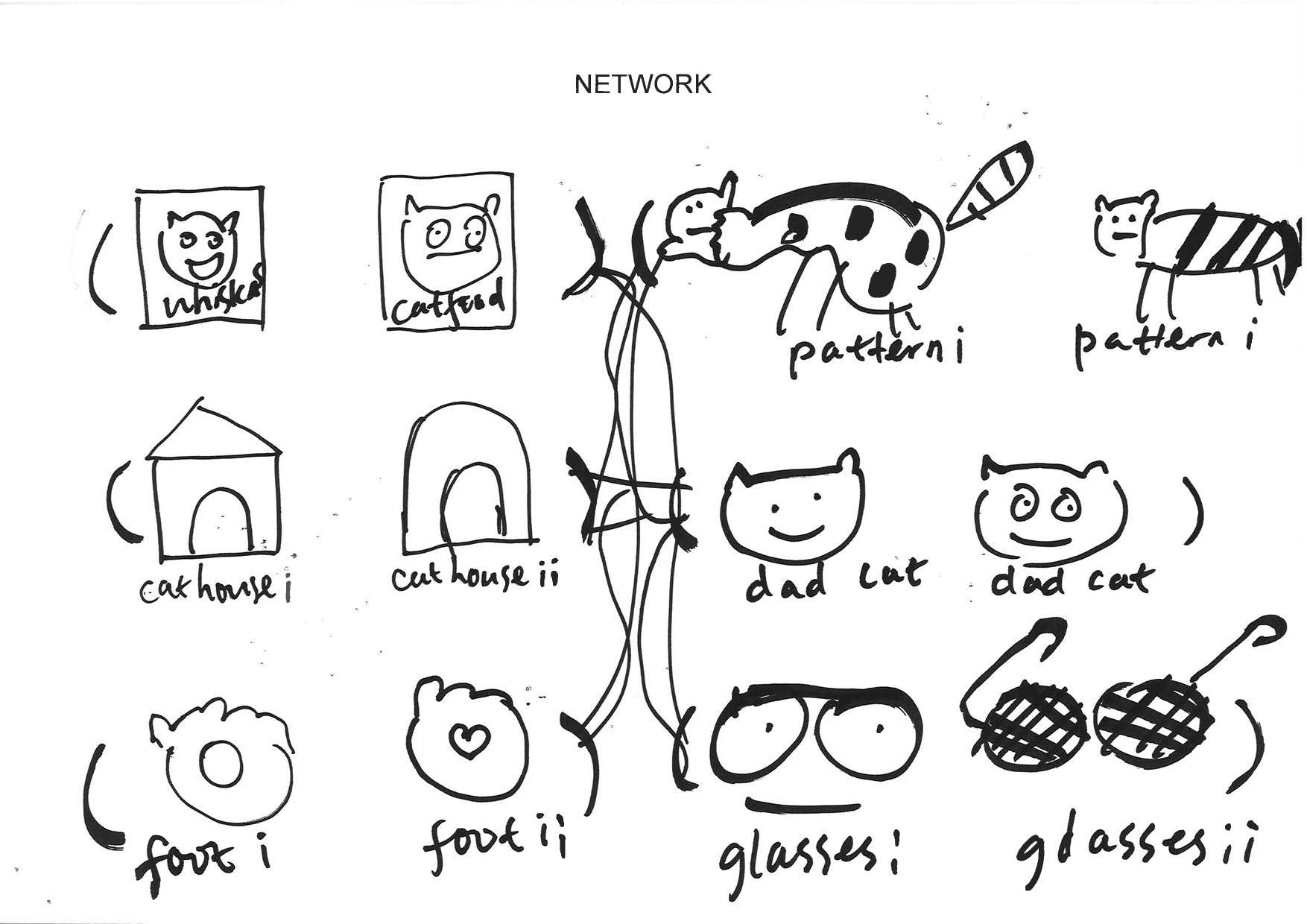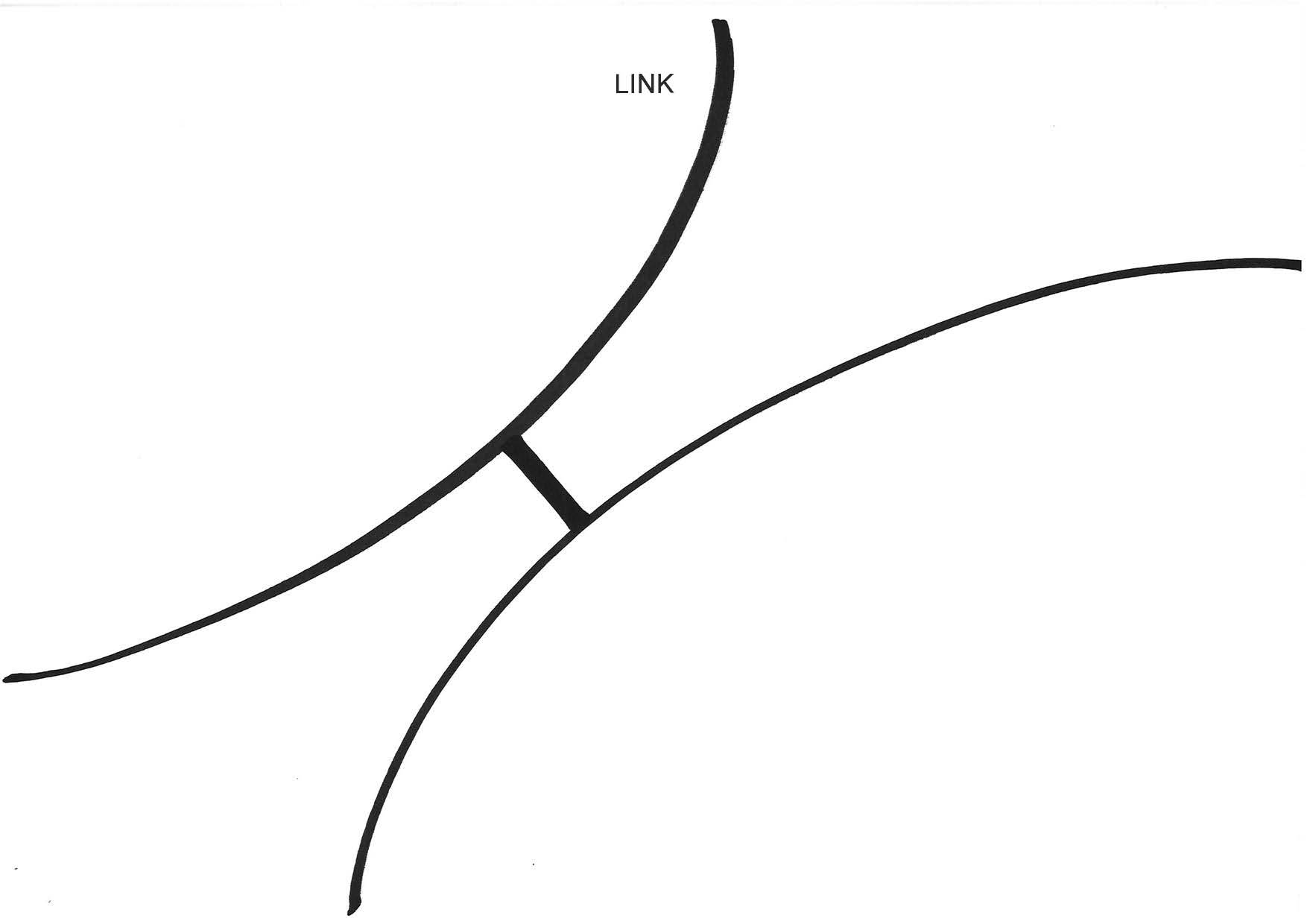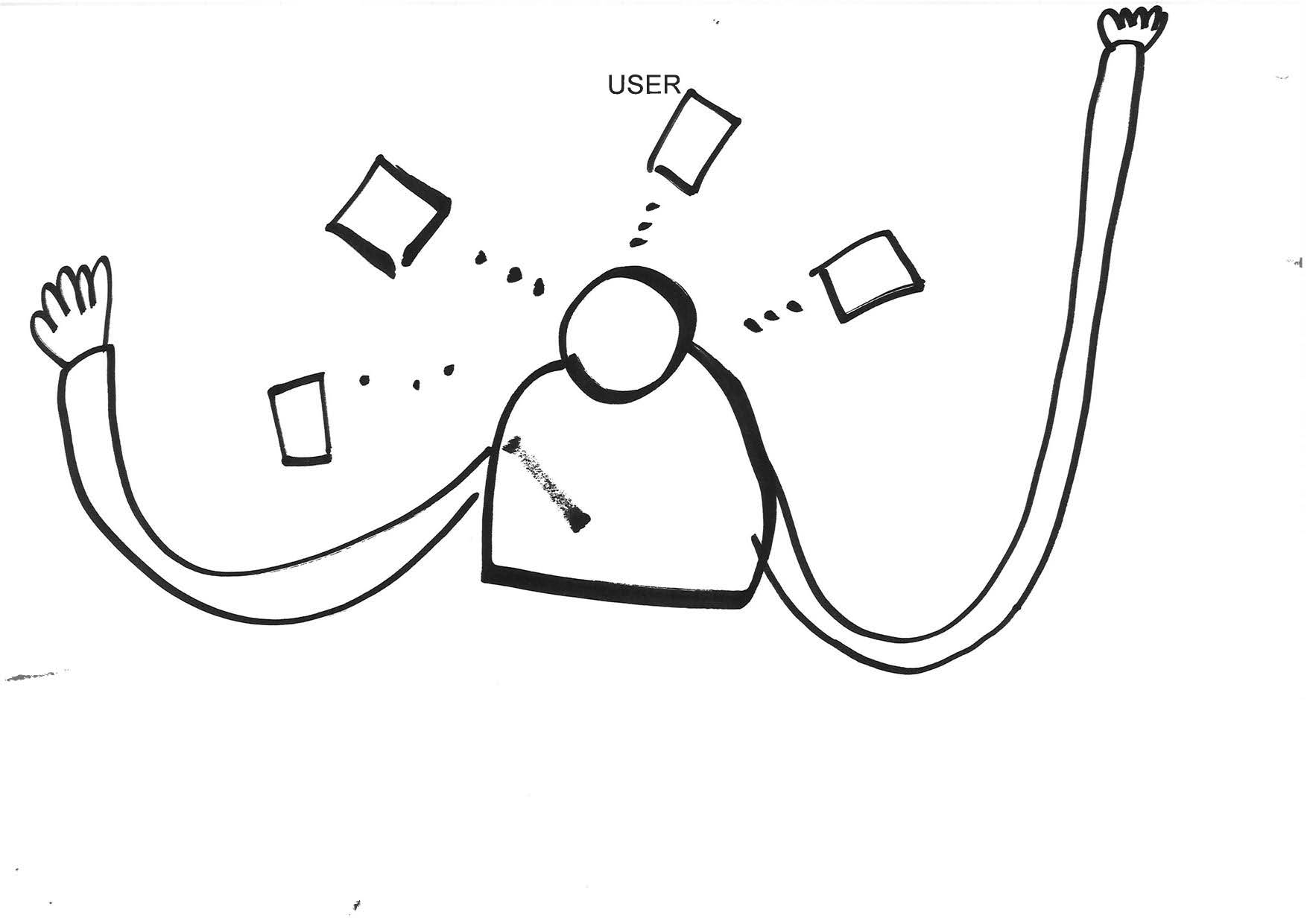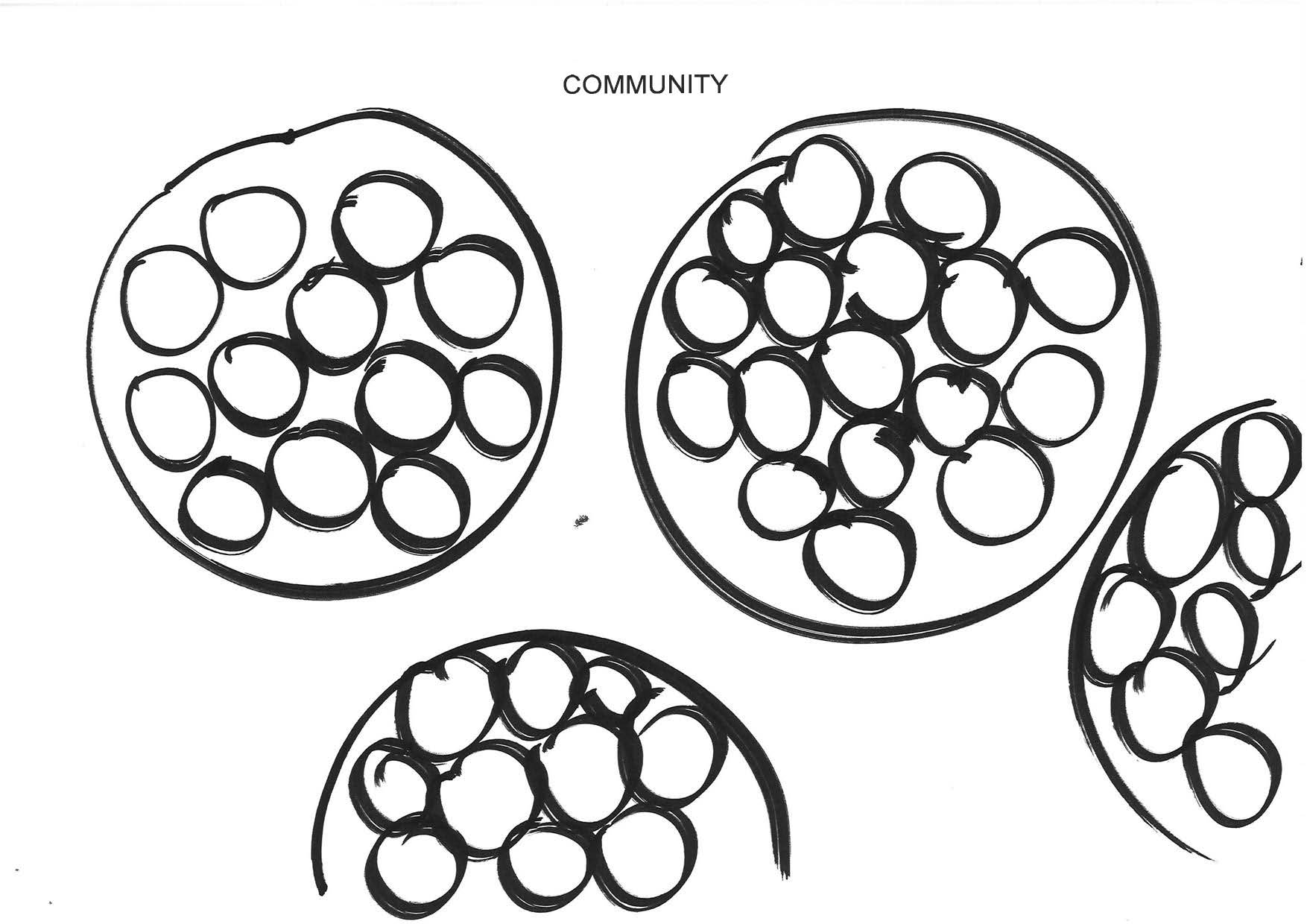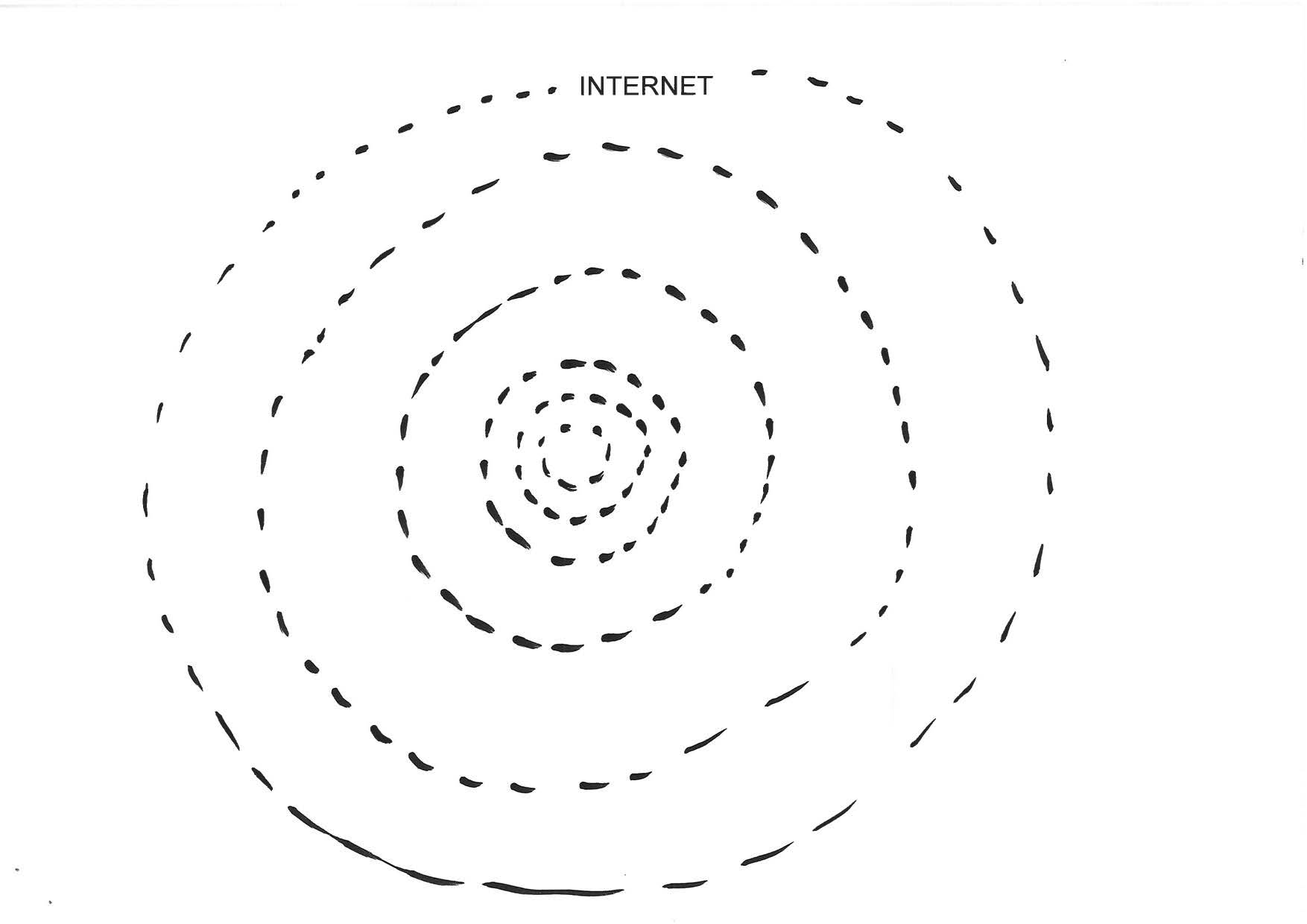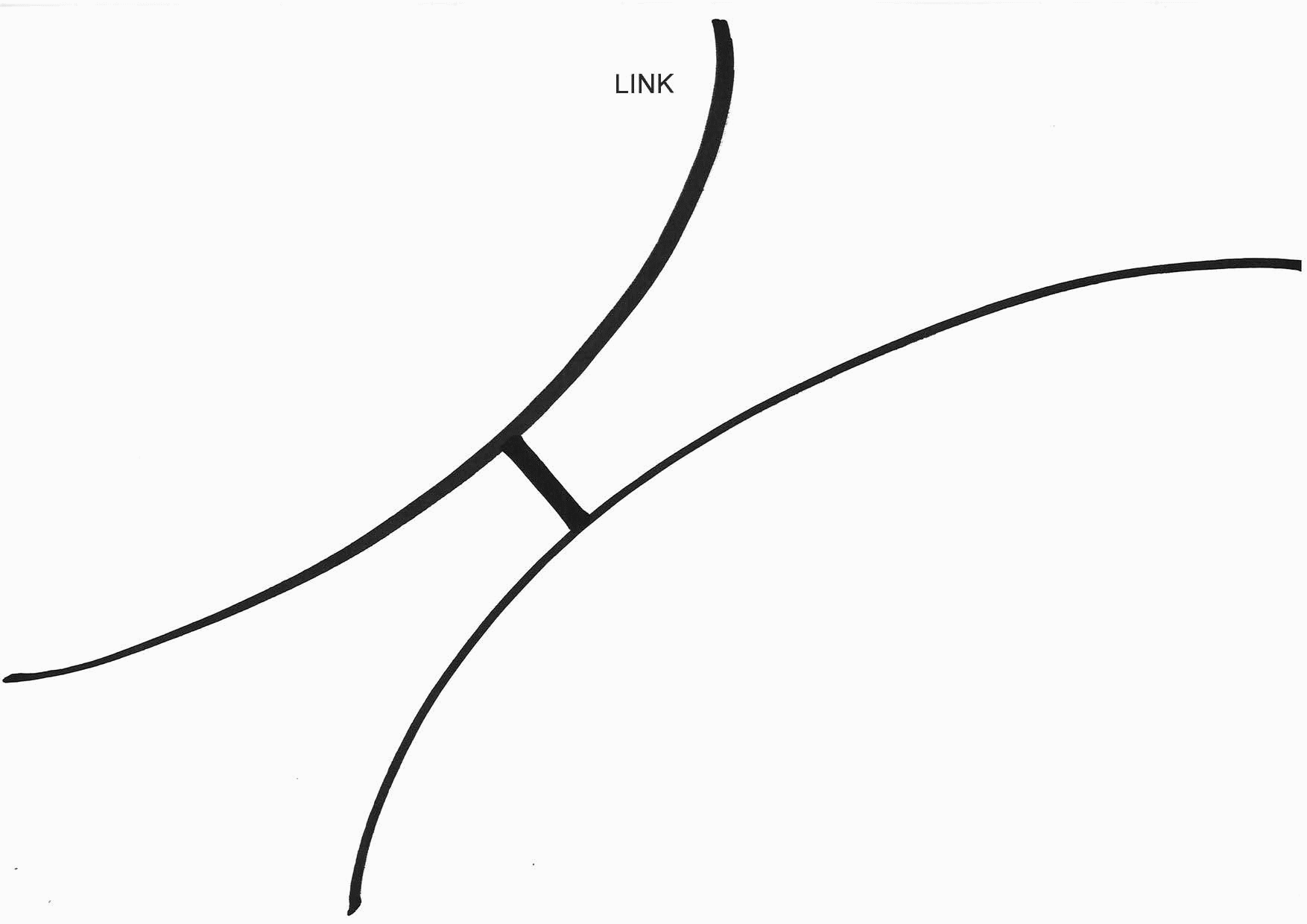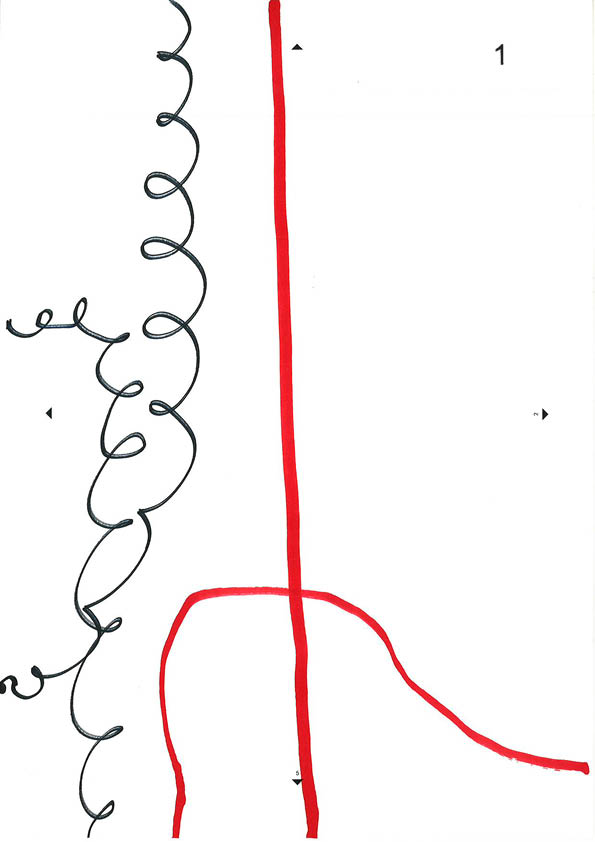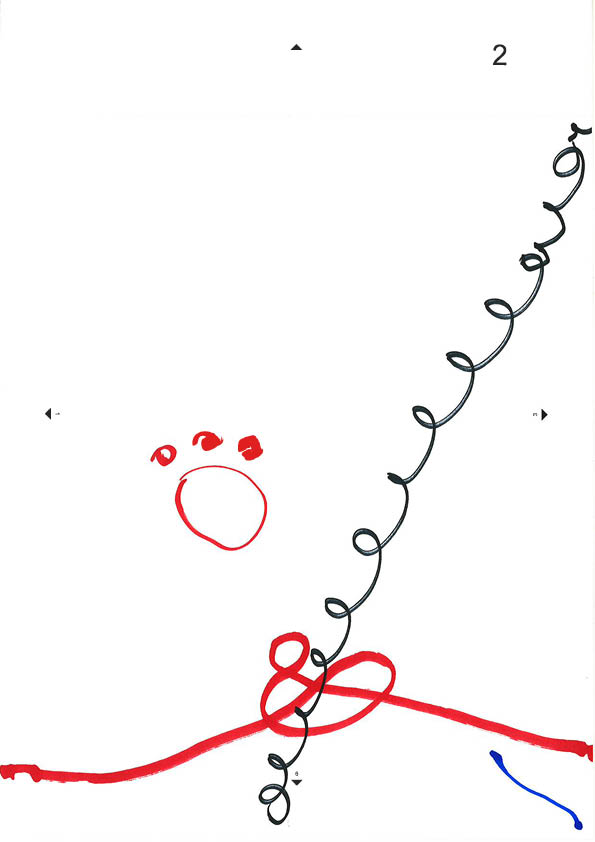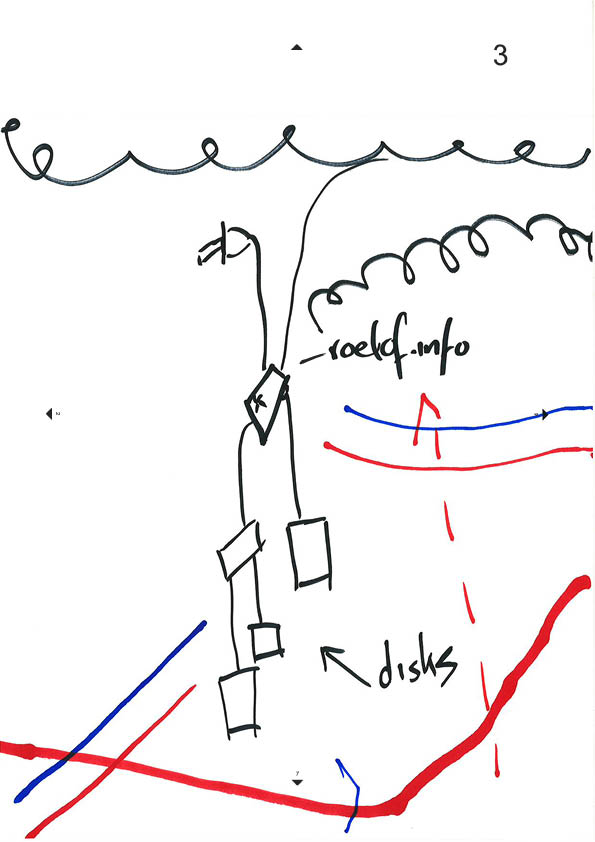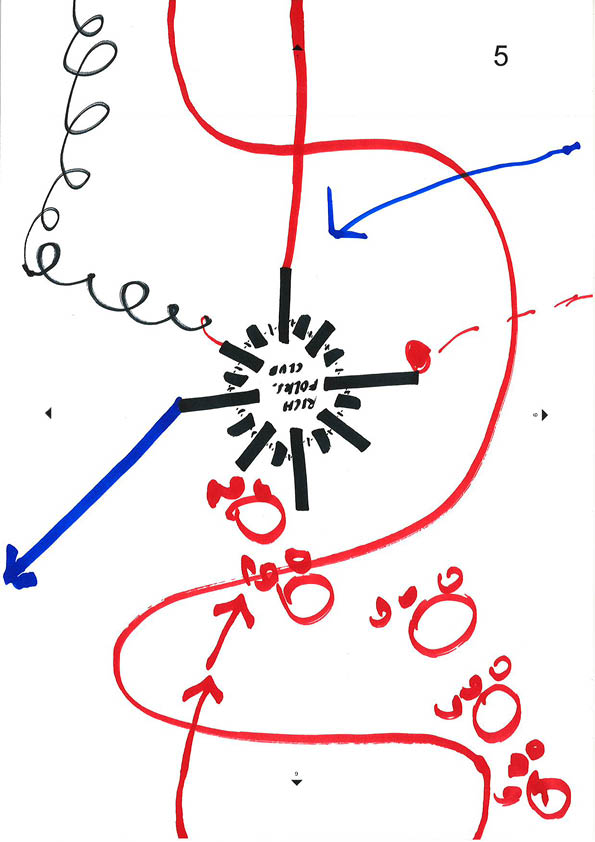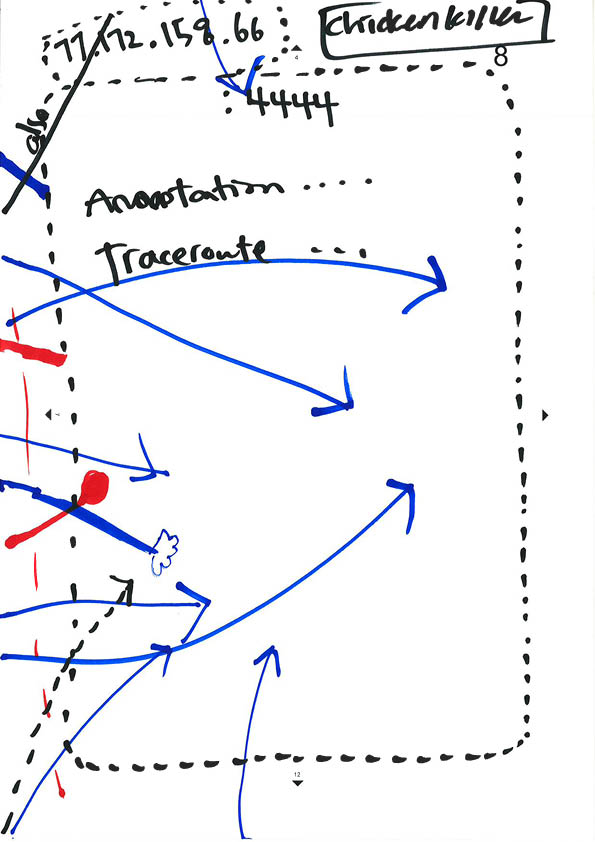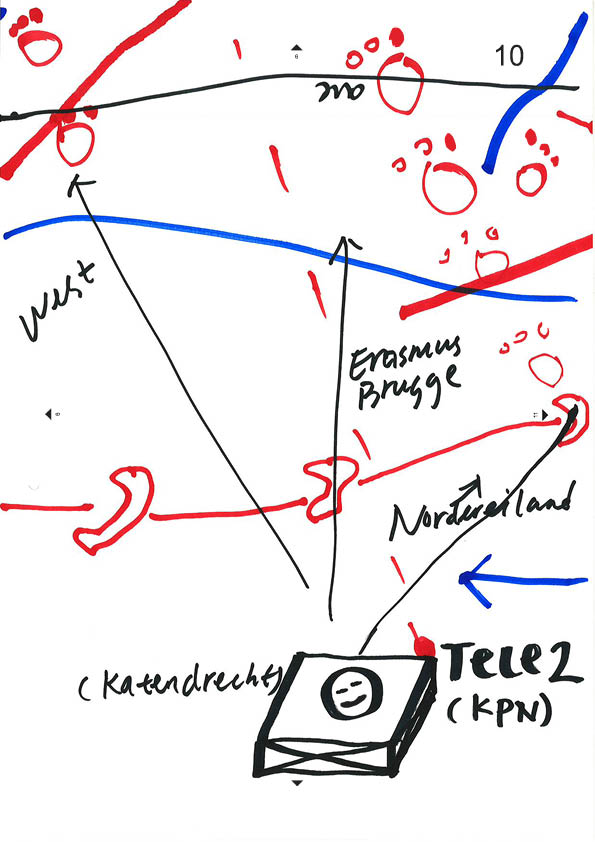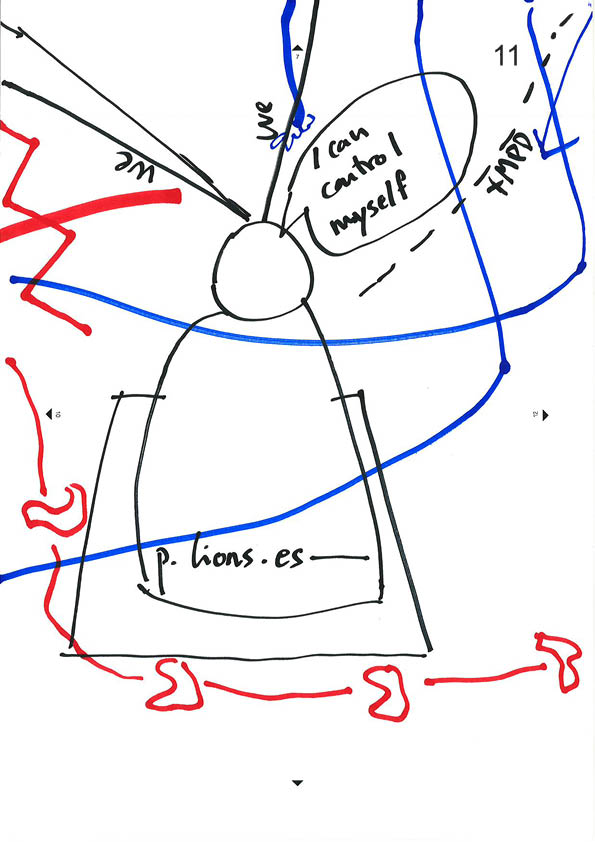Collaborative initiatives invite users to work together pursuing a common goal. The participants of this projects, create a network that allows them to communicate and establish a series of links or connections that characterize the morphology of this collaborative network.The objective of this research is to analyze the different networks that are generated in order to create hibrid visual projects through crowd-sourced techniques. This common goal will only be achieved if a large amount of users/contributors create a set of links, rules and protocols and base their thought in acting locally and thinking globally.
Each crowd-sourced project is characterized by a particular morphology to which we are going to approach, based on three reference levels. First, the scale of centralization determines who accepts, rejects or modifies the users’ contributions. This scale is directly related with the autonomy level that a participant reaches when producing their own contribution. Second, the level of agency determines the predefinition of the task that the user performs. This scale determines how strict are the rules imposed to the creator and therefore the user’s freedom to create his own contribution. The third element that will determine the nature and morphology of a collaborative networks is the level of synergy. This one, is connected with the interaction degree among users. So, the strength and typology and characteristics of the links that are created between different nodes of these networks.
In order to have an active experience on collaborative and crowd-sourced initiatives, several drawing-based experiments are developed with the XPUB community. The levels of agency, synergy, and centralization are going to be modified trying to understand which are the contributors behavior consequences when transforming the nature of their network. Moreover, the visual result, will reflect this morphology modifications, allowing us to experiment different association and links through which to create a collaborative visual element.
Crowd-sourced networks have been created for large and ambitious projects, especially in the last 10 years, when Internet communication is more than globalized. In this research, 7 web-based collaborative projects will be analyzed and mapped. The comparative analysis of these crowd-sourced mass projects allow us to have a comparative and global vision. Through projects such as The Exquisite Forest, Reddit Place or The Sheep Market, we will determine the network morphology created around it and how the graphic result shows a reflection of the structure and links between users behind it.
When the visual collaborative objective is reached, it can be understood as a graphic representation of the complex network that exists behind them. The users / contributors / creators that are part of it leave their visual imprint that will become part of the essence of that crowd-sourded creation. Furthermore, communities and sub-communities that have been created to encourage more prominent elements will also have a literal translation into the global visualization. Can we understand collaborative projects as an X-ray of the creators networks that are formed behind them?
In crowdsourced art, viewers are also often the makers: clearly the value for those actually involved in the making is increased through enhanced meaning attributed to the piece. In many works, audience is used as raw material, we need an audience to see and react to the given work, we need their reactions for the work to exist,” the Mattes said. “Duchamp once said, ‘It is the viewer who makes the work,’ and we took that very literally.We have seeked to analyze projects wherein audiences become artists by participating in the creation of a piece of art by making one or more creative contributions. The labor isn’t always free, but it costs a lot less than paying traditional employees. It’s not outsourcing; it’s crowdsourcing.
There are three distinct roles in crowdsourced digital art projects:
Project Initiator: The artist, group, or institution that creates the process and defines the product.
Participant: An individual that makes an intentional contribution to a crowdsourced digital art process.
Audience: An individual that observes a crowdsourced digital art process, or observes or engages with a project’s product.
Contributor: A participant that makes an intentional digital contribution to a crowdsourced digital art process as defined by the processes system or structure established by the project initiator. The most basic and foundational building block of crowd-sourced digital art projects.
Everyone who participates in a crowdsourced project should take this common roles:
Collective Responsibility: Internet participants share a responsibility towards the system as a whole.
Evolution and Consensus: Effective security relies on agile evolutionary steps based on the expertise of a broad set of stakeholders.
Think Globally, Act Locally: It is through voluntary bottom-up self-organization that the most impactful solutions are likely to reached.
NETWORK MORPHOLOGY: CENTRALIZATION, AGENCY AND SYNERGY

When a collaborative visual project is created, it generates a complex network of users/creators/contributors who will become an active and fundamental part of it. All this complex interconnected world that is created has different morphologies depending on the specific characteristics of the network that is generated around it. In order to determine the qualities of this set of links it is important to attend to three fundamental aspects represented by the concepts of centralization, agency and synergy.
First the centralization scale determines who is going to select or modify the contributions or which filters are they going to overtake. We understand that a collaborative network is more centralized the more manipulation are allowed. Second, the agency level determines which are the rules imposed to the users, this concept is directly related to the freedom that a certain user has when making his contribution. A collaborative network acquires its highest point in the agency scale when stricter rules are imposed. Finally, we will analyze the interaction and communication between users. The networks generated when starting a collaborative project, can be tremendously extensive and the level of interaction among the users that compose it can be very diversed. This level of communication will determine the nature of the links that will be created and therefore the position of a certain collaborative network on the synergy scale.
SCALE OF CENTRALIZATION

SCALE OF AGENCY

SCALE OF SYNERGY

XPUB XPERIMENTS
QUICK, DRAW A NETWORK
The drawing-based experiments with the XPUB community allow us to have a physical approach to the different elements that compose a collaborative network. In the first of these experiments, Quick, draw a Network each contributor will draw 5 concepts related to internet and netwoks. This topic is well-known and has been studied by the group in recent months. Through these quick drawings we will analyze the intuitive visualization of the users.
Quick, draw a Network has a medium-high level of centralization since all contributions go through the curator, who selects, collects and composes all of them to be shown together. The level of agency is low because of the task definition is strictly provided (the format and style is pre-established). Finally, the level of synergy is low, despite being the users in the same space, the interaction between them was not allowed so they didn’t have knowledge about other contributions.
Observing the results of Quick, draw a Network, we see that despite the predefinition of style and task, the results have a wide ranging appearance. The largest point of parallelism is found in the densities that are represented in the drawings. A link, in a much simpler element than a community. A user is characterized by his individuality in all his drawings but his nature is diffuse. We can also observe that the broader is the concept, the more problems it supposes for the quick visual representation, creating confusion that even generates question marks among the participants. Collective experiments have an important richness because of its mass knowledge in which tendencies and repetitions can be study. This global vision allows us to have a peer to peer knowledge which represents a reflection of the community that has participated in a centain initiative.
RULES:
You have an A4 piece of paper and a black marker. You have to develop a fast drawing trying to visualise the following concepts: LINK, USER, COMMUNITY, NETWORK and INTERNET
LET'S DRAW A NETWORK
The second experiment, Let’s draw a Network had as its objective the visualization of the XPUB network. It has a lower level of centralization, since no contribution is evaluated or eliminated, but the group as a whole decides if the drawing that is being developed is appropriate. The level of agency is higher since the result is highly unexpected and, especially in the second part of the experiment, the set of users are the ones who establishes the rules. The level of synergy is the highest of the scale, since the interaction between the users is complete. Being in the same space and being allowed all forms of communication.
Therefore observing the results of Let’s draw a Network we see that the richness of the final piece is much higher when the users have a full interaction between them since the ideas are launched and taken and improved by others. In this way, without having an established style, a highly uniform result was obtained since the group ends up defining its own rules to have an easy and common reading.
HELP ME! DRAW A NETWORK
COLLABORATIVE PRACTICES REFERENCES
THE EXQUISITE FOREST

THE SHEEP MARKET

THE MILLION DOLLAR HOMEPAGE

INTERACTIVE DIARIES

BORGES LIBRARY

REDDIT PLACE

TEN THOUSAND CENTS

READINGS


